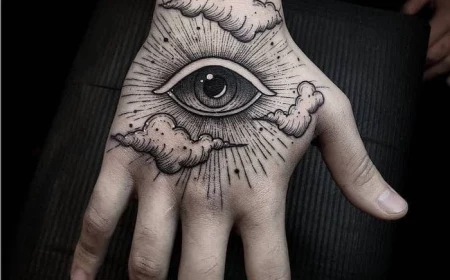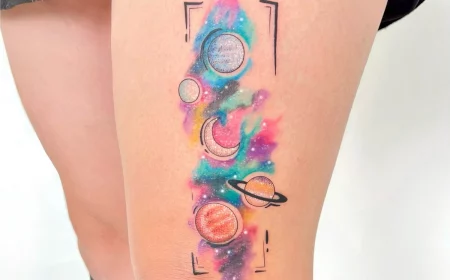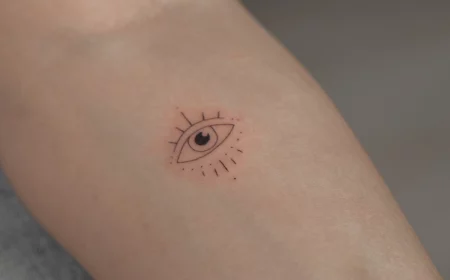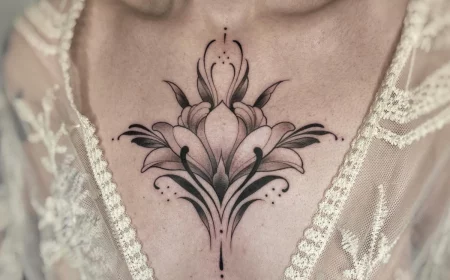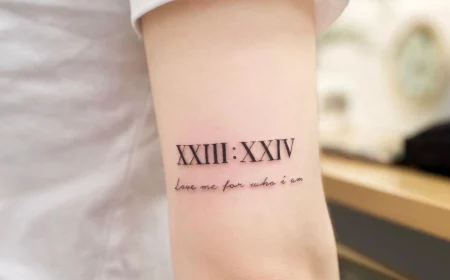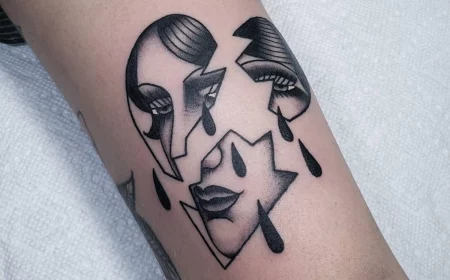Your Guide to the Semicolon Tattoo: More Than Just Ink
I’ve been a tattoo artist for a long time—well over a decade. I’ve seen it all, from massive back pieces that took months to complete to the tiniest, most delicate single-needle designs. But some tattoos just hit different. They carry a certain weight.
In this article
- What Does the Semicolon Really Mean?
- How to Find the Right Artist (and What to Say)
- The Consultation: Building Trust
- A Quick Word on Emotional Readiness & Scar Tissue
- Designing Your Story: From Simple to Symbolic
- Placement, Pain, and Practicality
- Getting Ready for Tattoo Day
- The Nitty-Gritty: Healing and Aftercare
- Let’s Talk Money: Cost & Tipping
- A Final Thought
- Inspiration Gallery
I’ll never forget the first time a client asked me for a semicolon. She was quiet, and I could tell she was nervous. She didn’t want anything elaborate, just a simple, clean semicolon on her inner wrist. As I got my station ready, she started to open up a bit about her story. It was a story of hitting rock bottom but making the conscious, difficult choice to keep going. For her, that little piece of punctuation was a promise she was making to herself. It wasn’t the end. It was a pause, a breath, before the next part of her life.
Honestly, that day shifted something for me. I realized I wasn’t just putting ink on skin; I was helping someone commemorate a huge, personal victory. The semicolon tattoo is a special thing in the tattoo world. It’s not really about trends or what’s cool, even though it can be designed beautifully. It’s a quiet badge of survival. Since then, I’ve probably done hundreds of them, and every single one feels important. This guide is for anyone thinking about getting this powerful symbol, and it’s full of the real-world stuff I’ve learned from behind the needle.
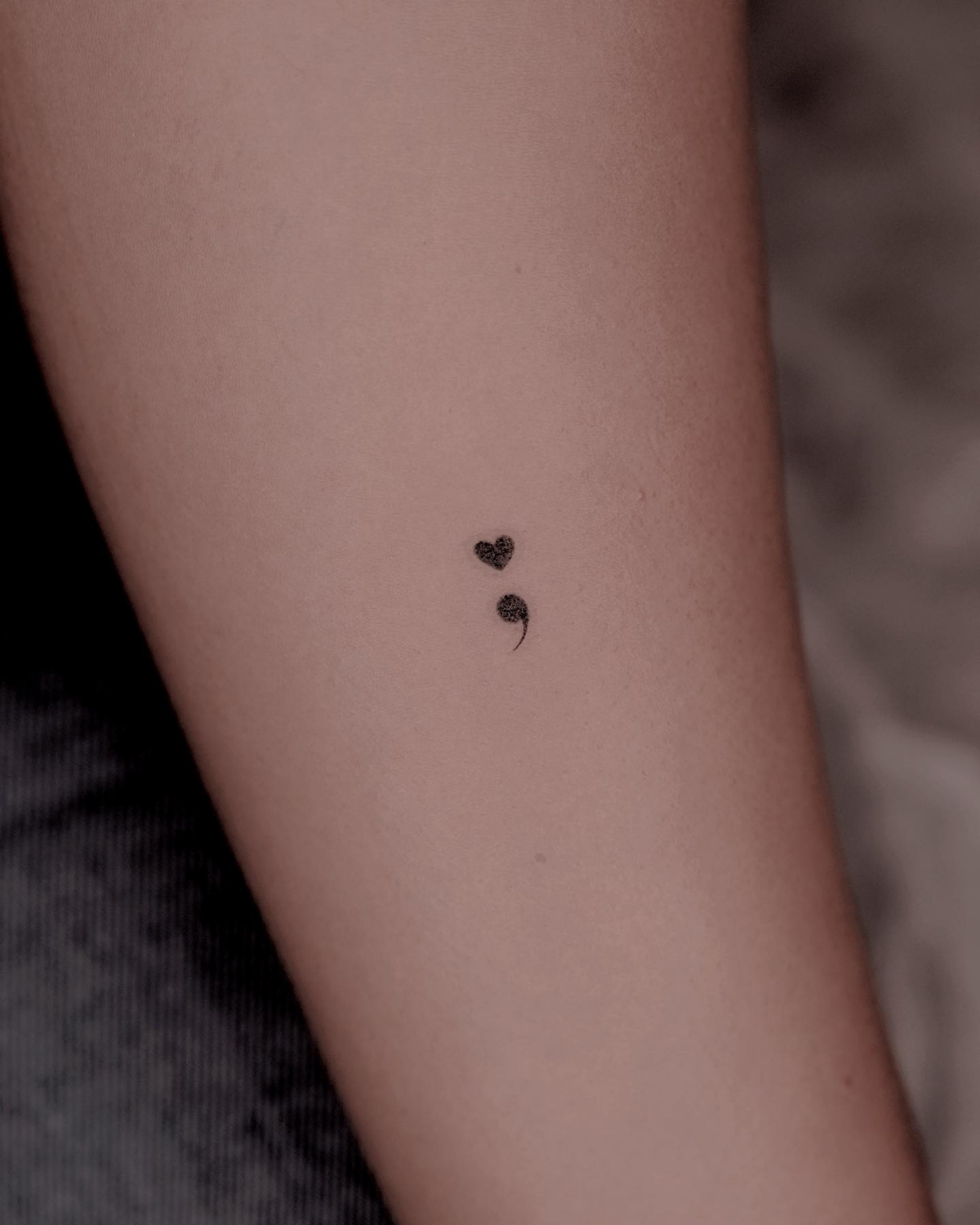
What Does the Semicolon Really Mean?
Before we even think about needles, let’s talk about why this symbol is so powerful. It all comes back to basic grammar, of all things. A semicolon is a punctuation mark that joins two complete but related thoughts. An author could have just ended the sentence with a period, but they chose not to. They used a semicolon to show that the story continues, that there’s more to come. And that’s the perfect metaphor for the tattoo’s meaning.
This idea was really brought to light by a mental health advocacy movement that started as a grassroots effort. The goal was to support people dealing with depression, addiction, self-harm, and suicidal thoughts. It began with people simply drawing semicolons on their wrists to show solidarity and start conversations. The message was simple: “Your story isn’t over.”
What started as a temporary mark quickly became a popular idea for a permanent tattoo. People wanted to carry that reminder with them every single day. While its popularity, especially after being featured in a well-known TV series, did a lot for awareness, it also turned it into a bit of a trend. As a professional, I always gently encourage people to look past the popularity. A semicolon tattoo is deeply, deeply personal. Its real value comes from your story, not anyone else’s.
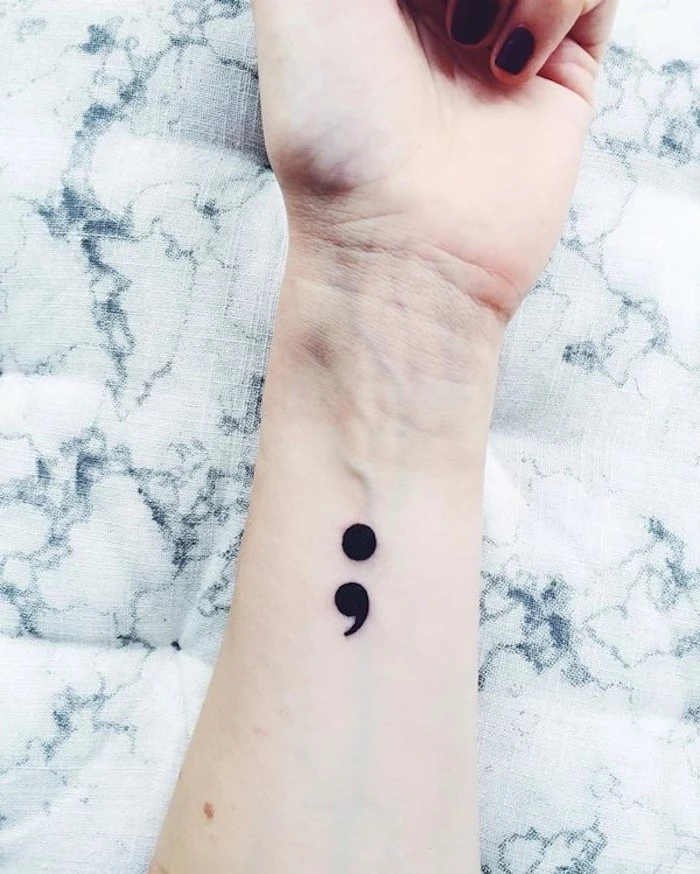
How to Find the Right Artist (and What to Say)
Finding an artist you trust is probably the most important step. You’re not just looking for someone with good line-work; you’re looking for a good human who creates a safe space. So, how do you do that?
Start by looking at local artists’ work online, usually on Instagram or their shop’s website. Look for artists who specialize in fine-line tattoos, as that’s often the style people want for a semicolon. But more importantly, read their captions and their “About Me” sections. Do they seem thoughtful? Do they talk about their clients with respect?
Once you find a few you like, it’s time to reach out. That first email can be intimidating, I get it. Here’s a simple script you can use:
“Hi, [Artist’s Name]! I really admire your fine-line work and I’m interested in getting a semicolon tattoo. It’s a very personal and meaningful piece for me, and I was hoping to talk to you about it. Are you currently accepting new clients for small tattoos?”
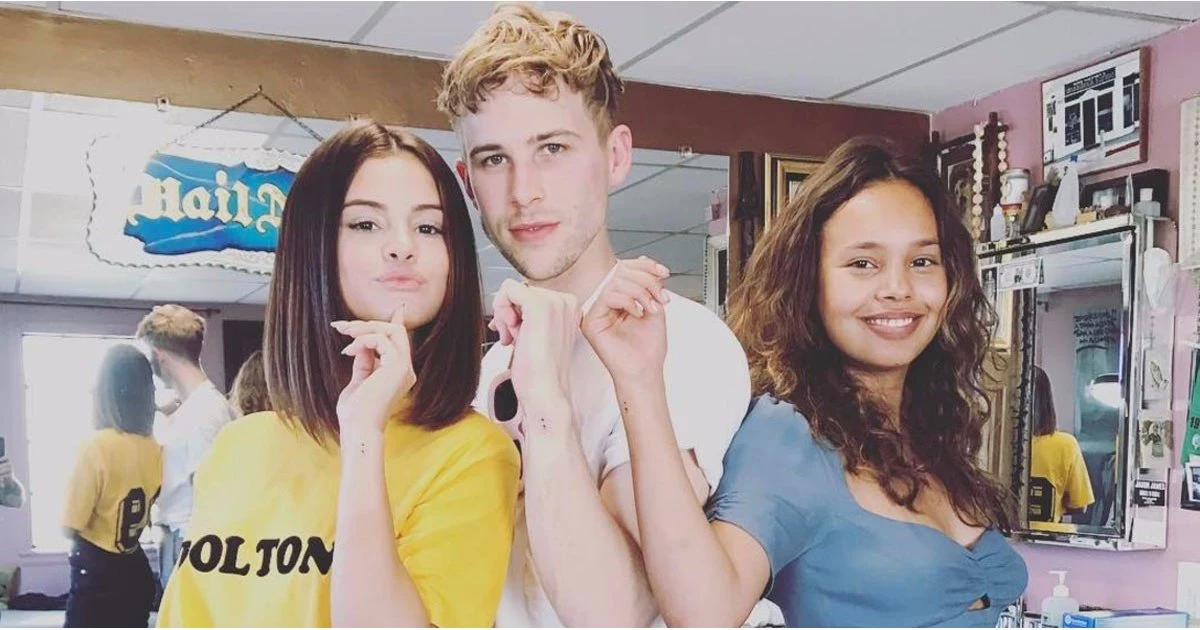
That’s it. It’s polite, it shows you’ve looked at their work, and it opens the door for a conversation. A good artist will respond with kindness and guide you on the next steps, which usually involve a consultation.
The Consultation: Building Trust
The consultation is where the magic happens. For a semicolon tattoo, it’s more than just talking about size and placement. It’s a conversation where we figure out the feeling you want to capture. Some of my clients share their whole story; others share very little. Both are totally okay. My job isn’t to be a therapist; it’s to listen and translate your feelings into a design that feels right for you.
Do you want it to be a tiny, private reminder just for you? Or something more visible that might invite conversation? Do you want to weave it into a larger design? For example, one client felt a plain semicolon was too stark. After we talked, we landed on a design where the dot was a tiny seed and the comma was a sprout growing from it. That idea came directly from our conversation about her journey toward growth.
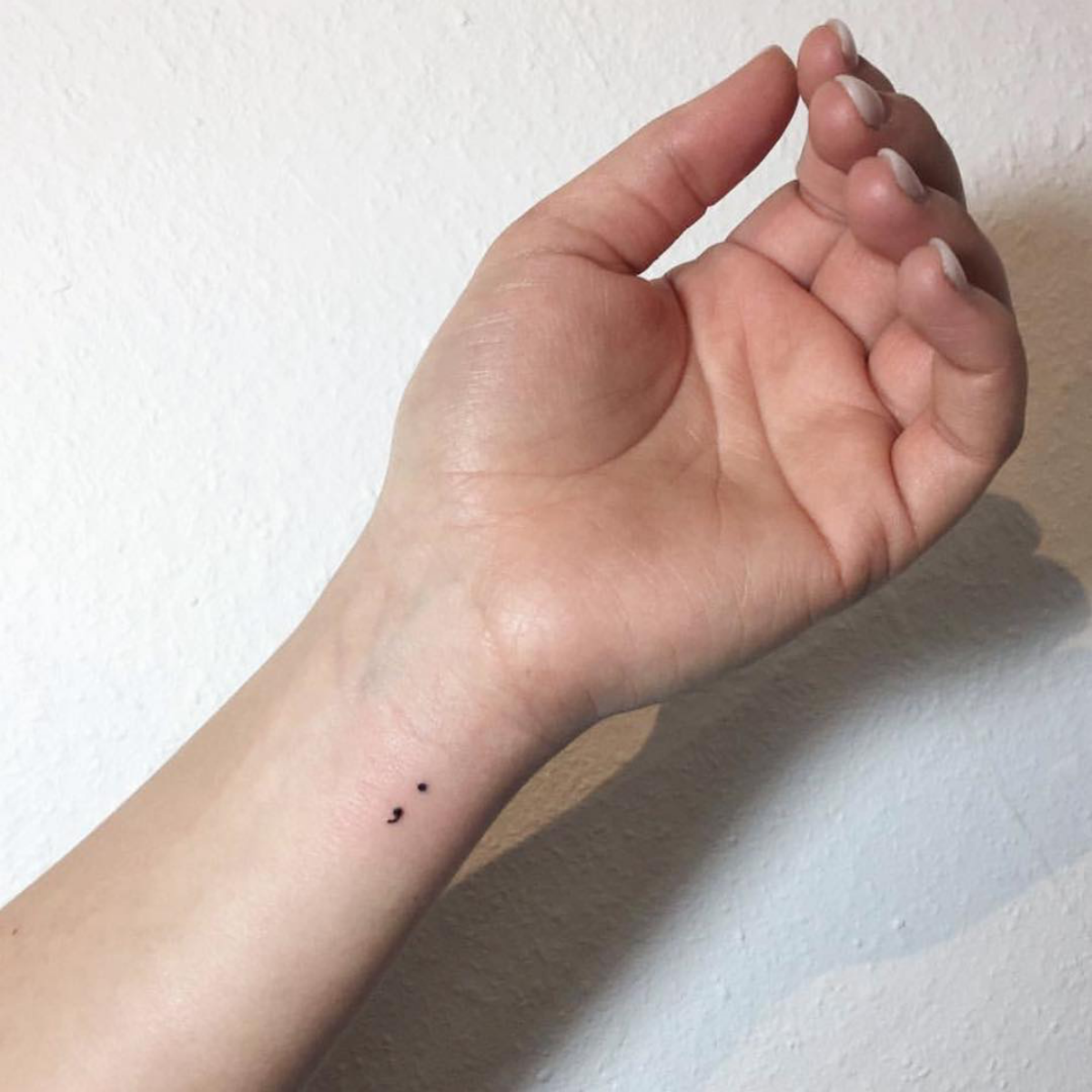
A Quick Word on Emotional Readiness & Scar Tissue
This is something I feel a huge responsibility to talk about. A tattoo is a beautiful symbol of a journey, but it is not a cure. If you’re in a crisis or feeling completely overwhelmed, your first step should be reaching out for professional help, not getting a tattoo. There are incredible resources like the National Suicide Prevention Lifeline and other crisis hotlines that are there to support you. A good artist will always prioritize your well-being over making a sale. The tattoo will be waiting for you when you’re ready to get it as a celebration of your strength.
Oh, and let’s talk about something really important: tattooing over scars. A lot of people want to place their semicolon tattoo over areas with scar tissue, and that’s absolutely possible. Here’s what you need to know:
- Scars need to be fully healed. I usually recommend waiting at least a year or two, until the scar is no longer pink or red and has settled into the skin.
- The texture is different. Scar tissue can be unpredictable. Sometimes it holds ink perfectly, other times it can be tough or cause the ink to spread a little (this is called a “blowout”). A skilled artist will know how to work with the skin, but it’s good to have realistic expectations.
- It might hurt a bit more (or less!). Nerve endings in scarred skin can be weird. Some people find it more sensitive, while others feel almost nothing.
We can design something that works with the scars, either by covering them directly or by incorporating them into the flow of the design. It can be an incredibly powerful way to reclaim a part of your body.
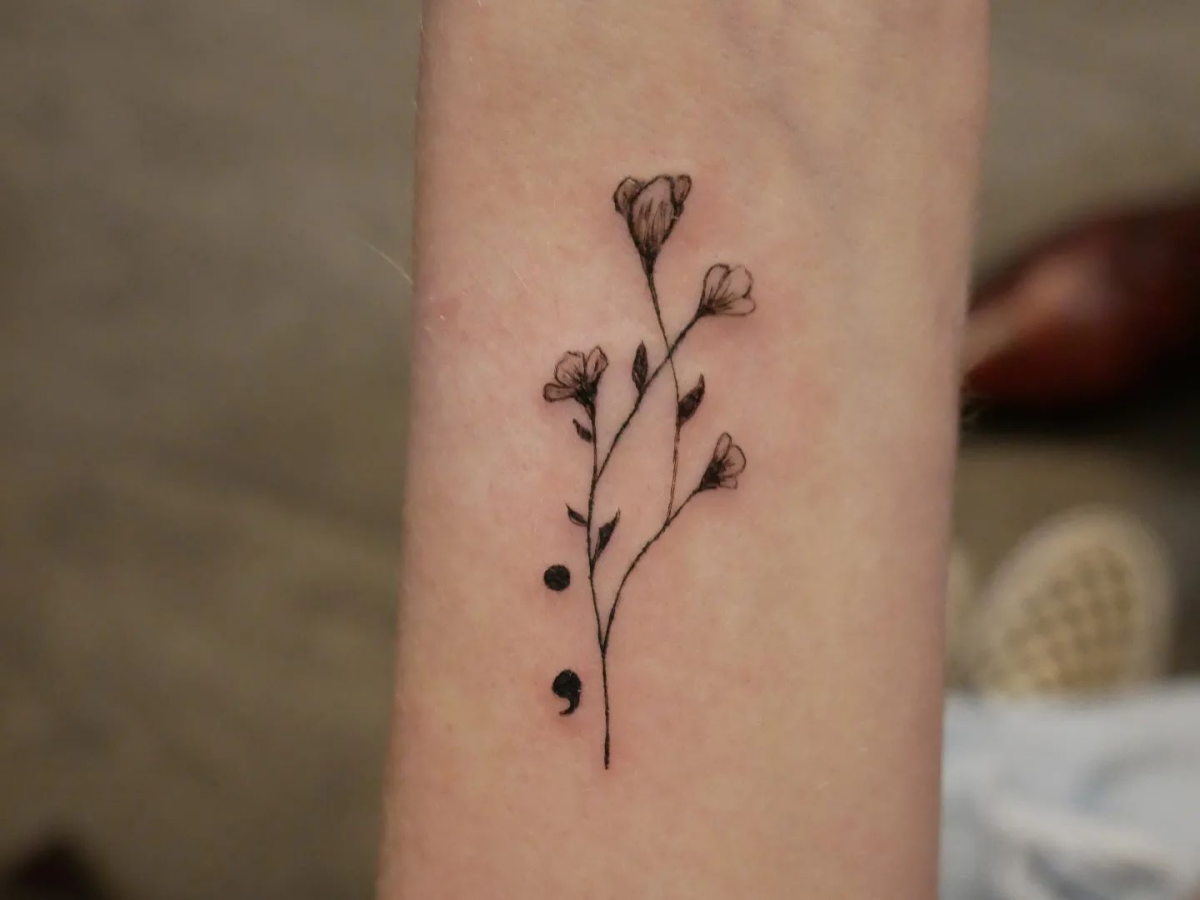
Designing Your Story: From Simple to Symbolic
The semicolon is incredibly versatile. It can be anything you need it to be.
The Classic Semicolon
Simple, clean, and powerful. For this, it’s all about technical skill. I’ll typically use a very fine needle, like a 3RL (3 Round Liner), for crisp lines that won’t blur over time. It’s my job to get the ink depth just right so it stays sharp for years.
Adding Other Elements
This is where we can get creative and add more layers to your story.
- Butterflies: A classic symbol of transformation. The semicolon often becomes the body of the butterfly. It’s a beautiful metaphor for emerging from a struggle.
- Flowers: A flower growing out of the semicolon is another favorite. A lotus represents rising from the mud, while a wildflower can symbolize resilience in any condition. We can use the semicolon as a stem or have vines twist into its shape.
- Words: Adding a word like “continue,” “warrior,” or “enough” can make the message even more explicit. The key is choosing a font that will age well—super tiny or cramped letters can blur over time.
- Watercolor Splashes: A splash of color behind a black semicolon can represent the beauty that comes out of chaos. A quick heads-up on this style: watercolor tattoos often have soft or no outlines, which means they can fade faster and may need a touch-up every few years to stay bright.
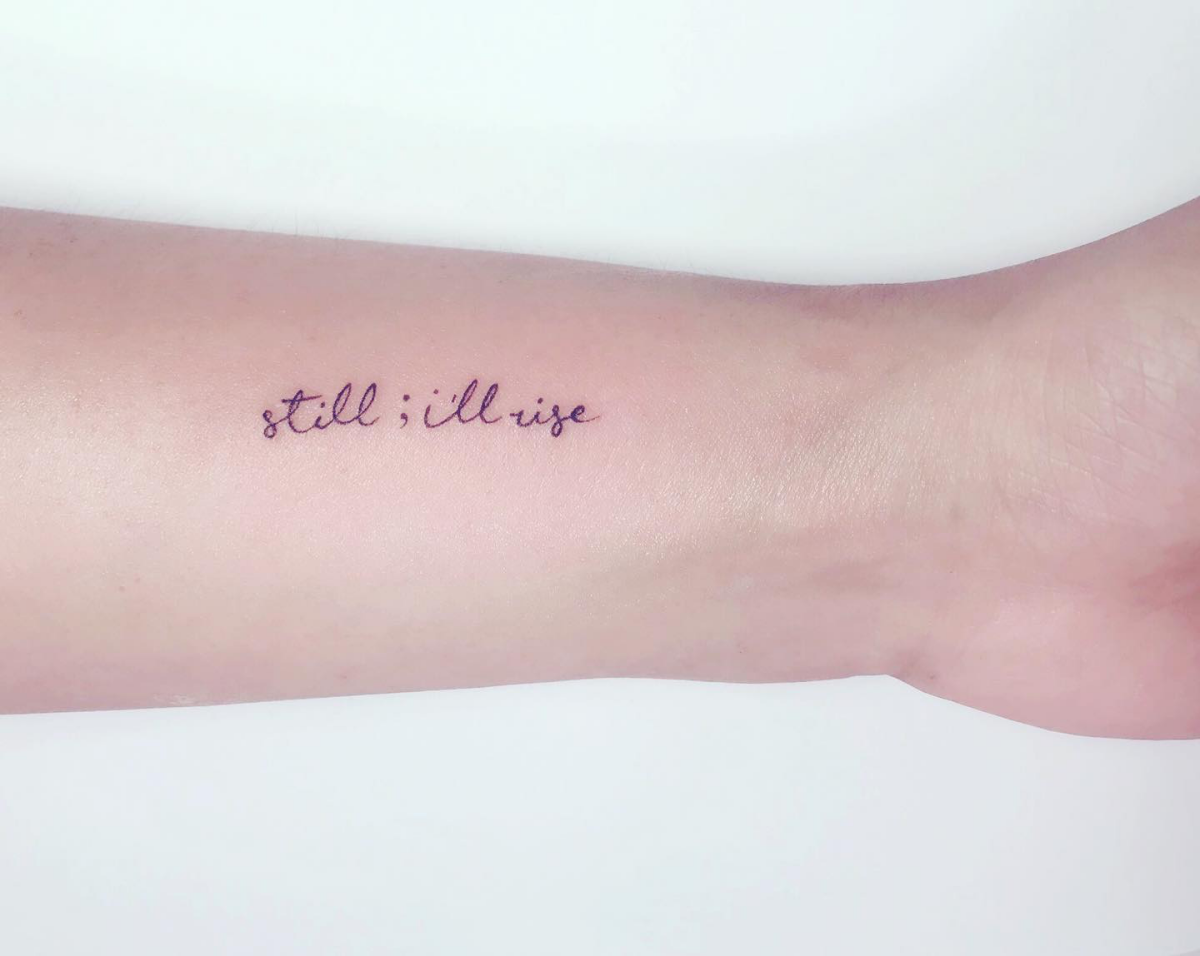
Placement, Pain, and Practicality
Where you put your tattoo is part of its story. Different spots have different levels of pain, visibility, and healing quirks.
- The Wrist: This is the most traditional spot. It’s a constant, visible reminder. Pain-wise, it’s about a 4/10 for most people, but the skin is thin, so a steady-handed artist is a must to prevent ink blowout.
- Behind the Ear: Super discreet. This is a great spot if the tattoo is just for you. The sound of the machine can be a little weird here, but the pain is usually low, maybe a 3/10.
- The Ankle: This placement often symbolizes moving forward. It’s a bit more painful since it’s close to the bone—I’d say a solid 7/10. Healing can also be tricky with socks and shoes rubbing against it.
- The Ribs: A very private spot, close to the heart. It’s also one of the more painful places to get tattooed, easily an 8 or 9/10 because the skin stretches with every breath. But the result is a secret you carry just for you.
By the way, what about numbing cream? Some clients ask about it. My take is this: while it can take the edge off, it can sometimes change the texture of the skin, making it a little rubbery and harder to tattoo. If you’re really worried about pain, talk to your artist about it beforehand. Most of us would rather you be comfortable than suffer in silence.
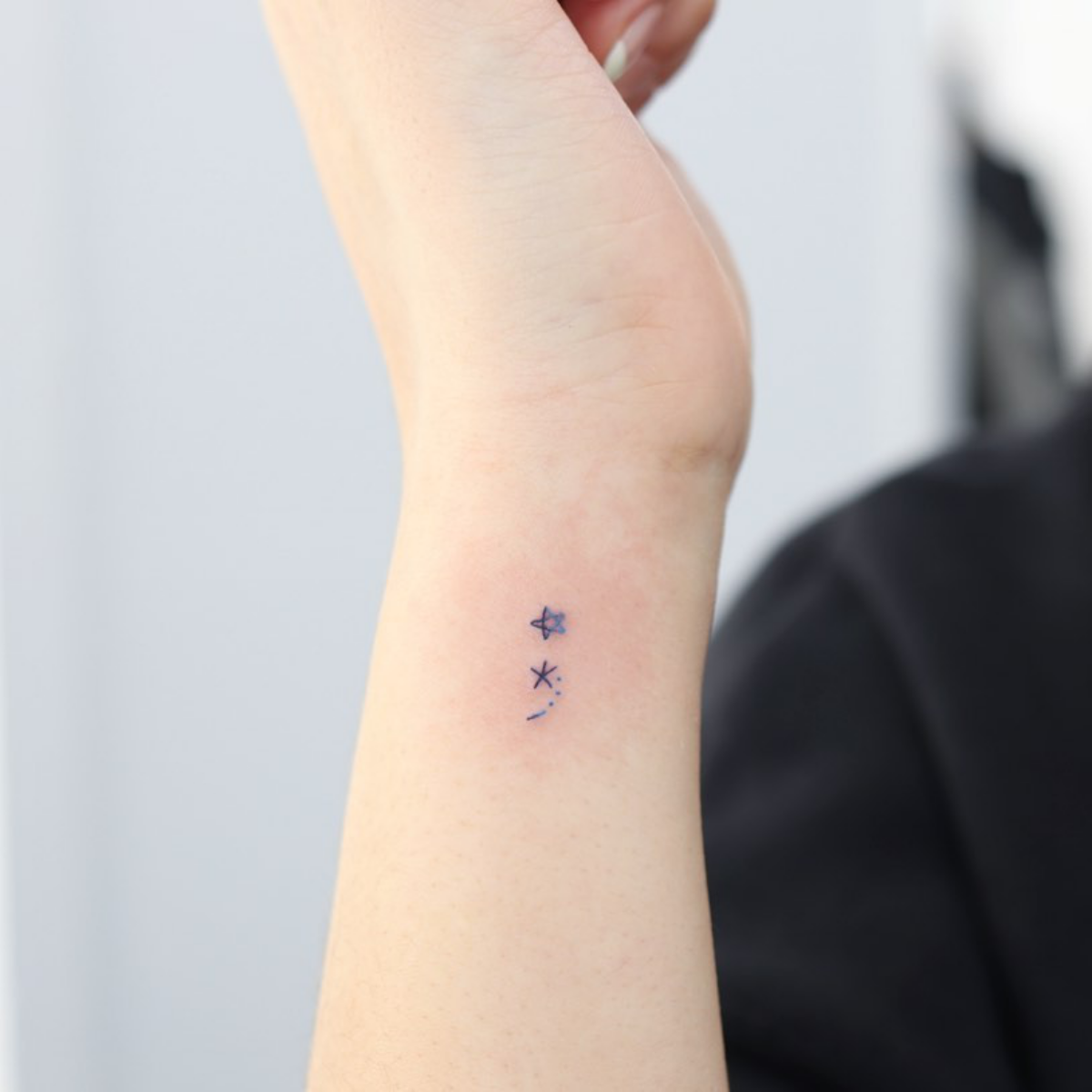
Getting Ready for Tattoo Day
Okay, your appointment is booked! Here are a few pro tips to make the experience go smoothly. Expect to be at the studio for about an hour, even for a tiny tattoo. There’s paperwork, placing the stencil, and setup. The actual tattooing might only take 15 minutes!
- Eat a good meal about an hour before you come in. Low blood sugar is not your friend.
- Bring a sugary drink or snack just in case you start to feel woozy.
- Don’t drink alcohol the night before. It thins your blood, which can make you bleed more and affect how the ink settles.
- Wear comfy clothes that give easy access to the tattoo spot.
The Nitty-Gritty: Healing and Aftercare
Your tattoo is an open wound, and you have to treat it like one. Proper aftercare is EVERYTHING for a crisp, beautiful result. Here are the real-world do’s and don’ts.
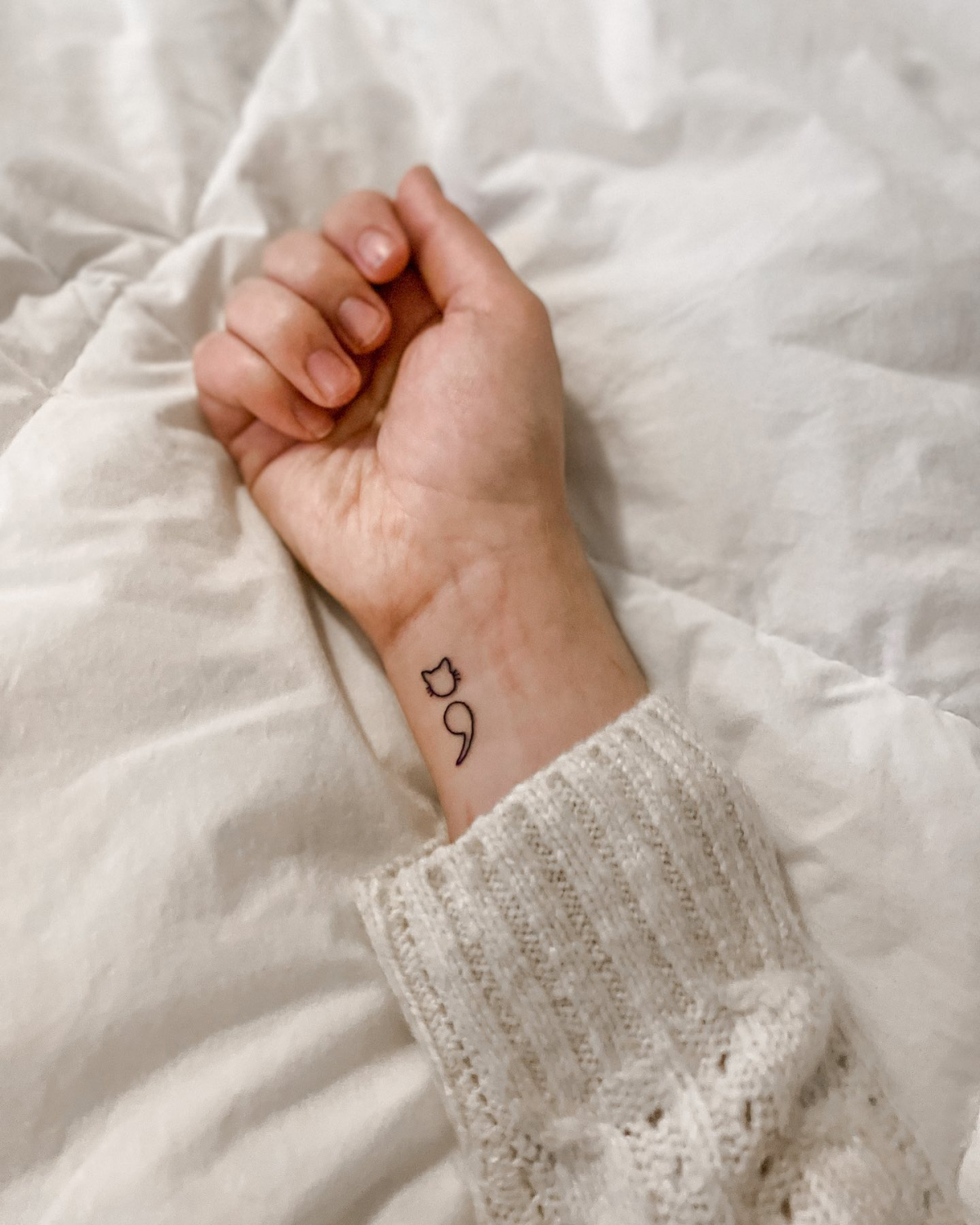
DO:
- Gently wash your new tattoo 2-3 times a day with a gentle, unscented antibacterial soap and lukewarm water.
- Pat it dry with a clean paper towel. Never rub it.
- After a couple of days, apply a very thin layer of fragrance-free moisturizer. My go-to recommendations are simple drugstore brands like Lubriderm, Cetaphil, or Aveeno.
DON’T:
- DO NOT pick or scratch the tattoo as it peels. I know it’s itchy, but picking can pull the ink right out.
- DO NOT submerge it in water. No baths, no swimming pools, no hot tubs for at least two weeks. Showers are fine.
- DO NOT use petroleum-based products like Vaseline or A+D ointment. They can be too heavy, clog your pores, and suffocate the healing skin.
- Once it’s healed, protect it from the sun! Sun exposure is the #1 enemy of tattoos and will make them fade fast. Use sunscreen for life.
Let’s Talk Money: Cost & Tipping
It feels awkward to talk about, but you need to know what to expect! Most reputable tattoo shops have a minimum price, which covers the cost of sterile, single-use supplies, the artist’s time for setup and breakdown, and the tattoo itself. For a simple semicolon tattoo, you can expect to pay the shop minimum, which is typically between $80 and $150 depending on the city and studio.
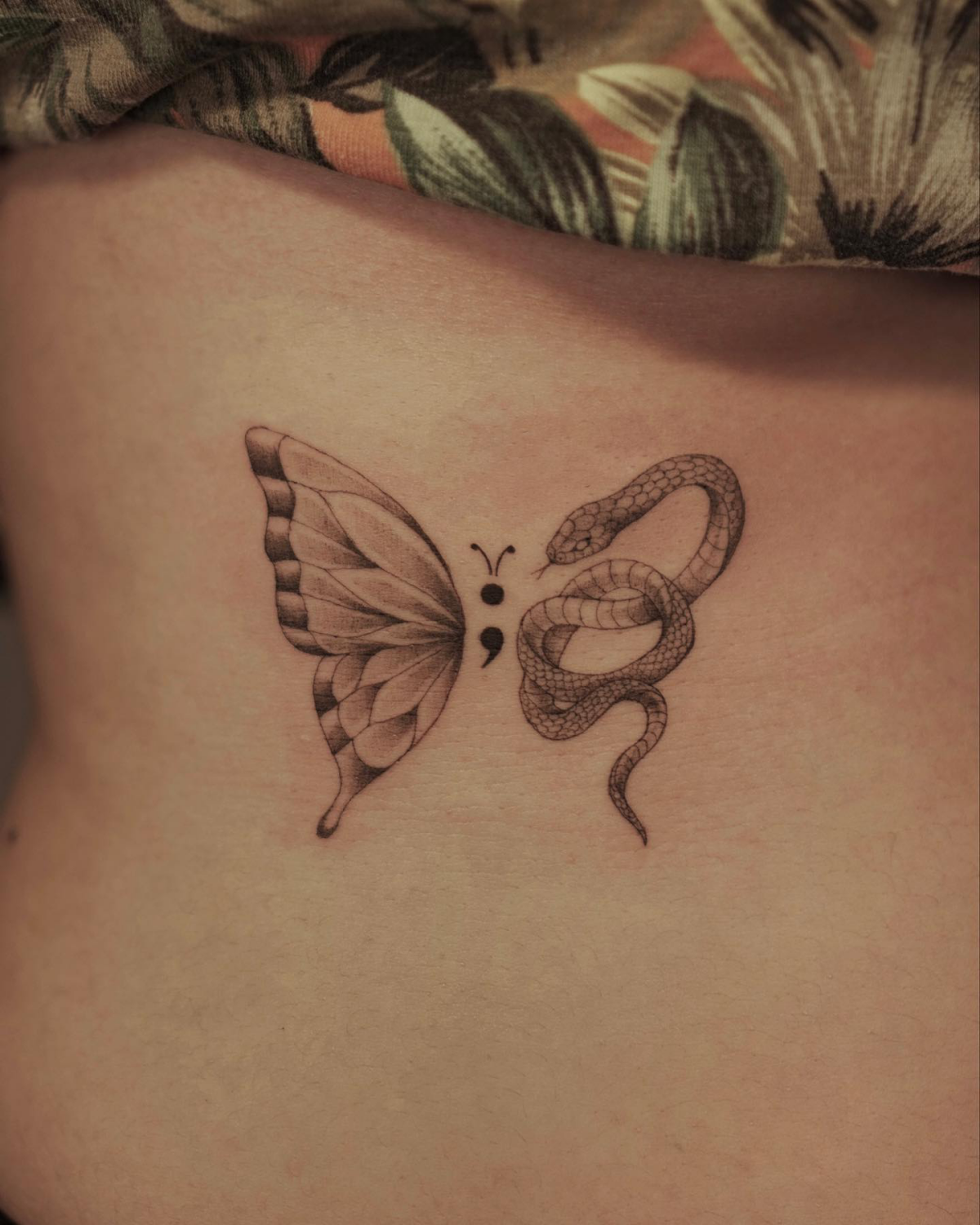
If you’re adding other elements like a flower or a watercolor splash, the price will go up from there based on size and complexity.
And yes, tipping is a thing! If you had a good experience and love your tattoo, it’s customary to tip your artist. Just like in other service industries, 15-25% is a great range. It’s always appreciated but never expected.
A Final Thought
After all these years, I still feel the honor of being asked to create a semicolon tattoo. It’s a quiet collaboration, a moment of trust. My role is to provide a steady hand and a safe space to help you mark your journey in a way that feels true.
If you’re thinking about getting one, take your time. This tattoo is a testament to your resilience. It’s a small but mighty declaration that your story isn’t over. And that’s a beautiful thing.
Inspiration Gallery
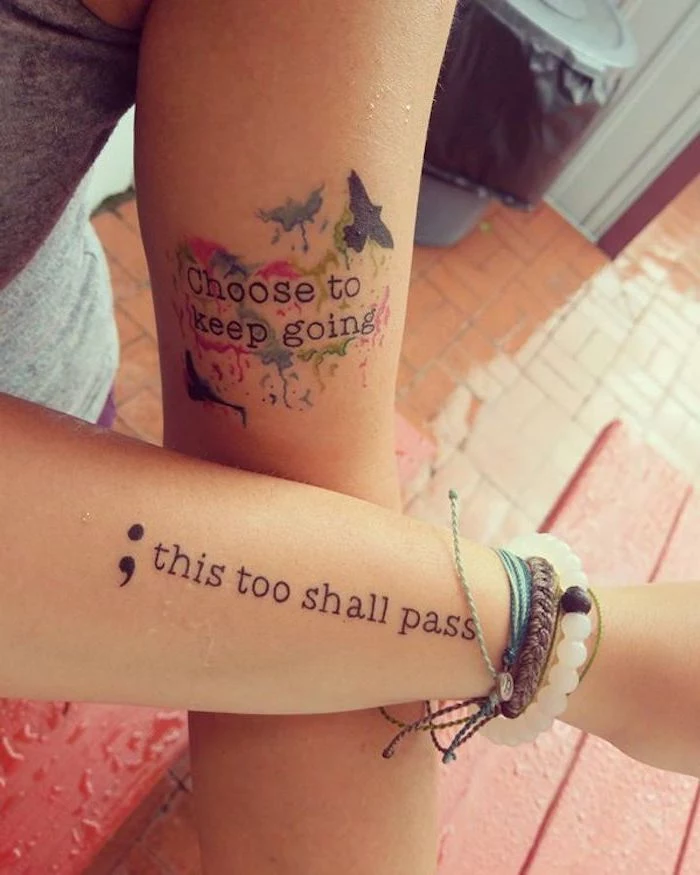
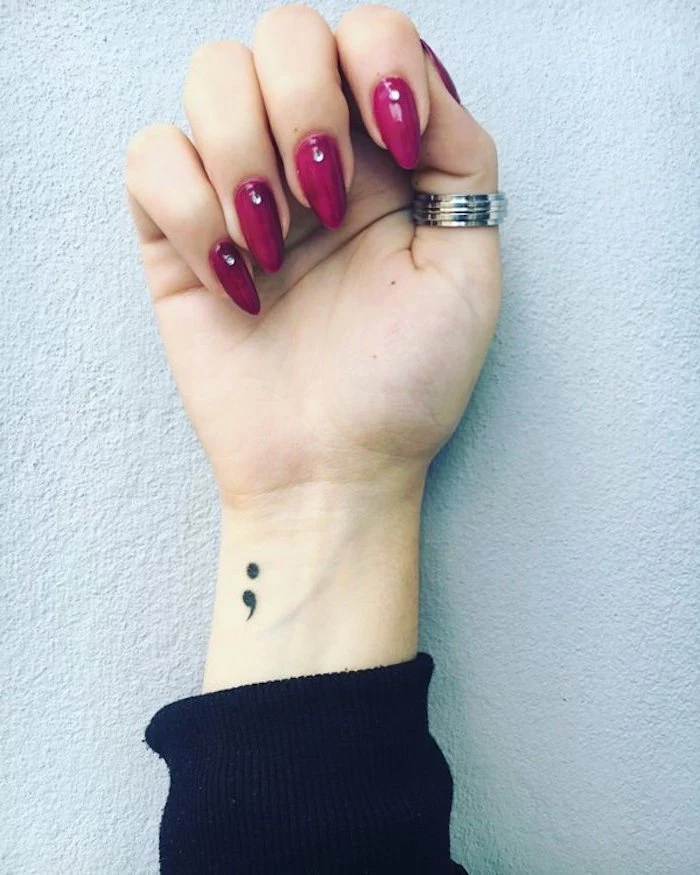
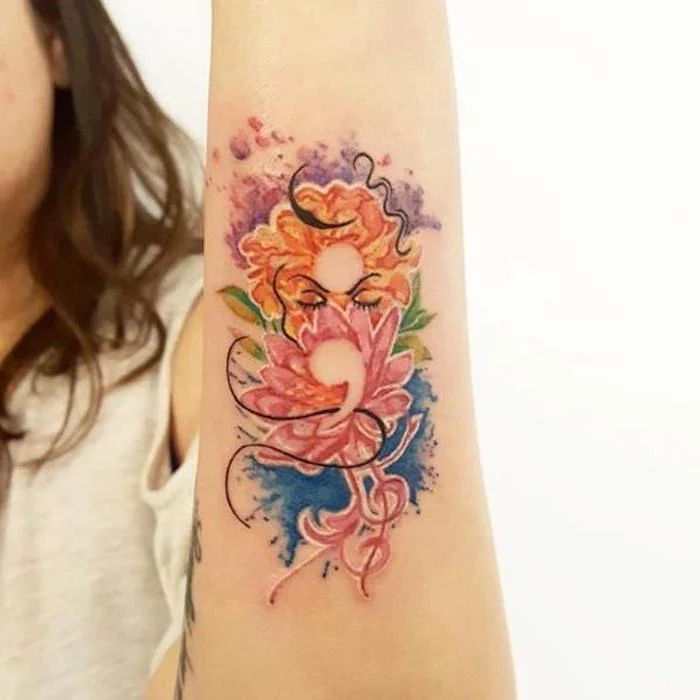
Placement is more than just aesthetics; it’s about your personal relationship with the symbol. A semicolon on the inner wrist is a constant, visible reminder for you. Behind the ear, it’s more private, a secret strength. On an ankle or ribcage, it becomes a choice to share it, or not. Think about who you want to see it and when. This decision is as significant as the design itself.
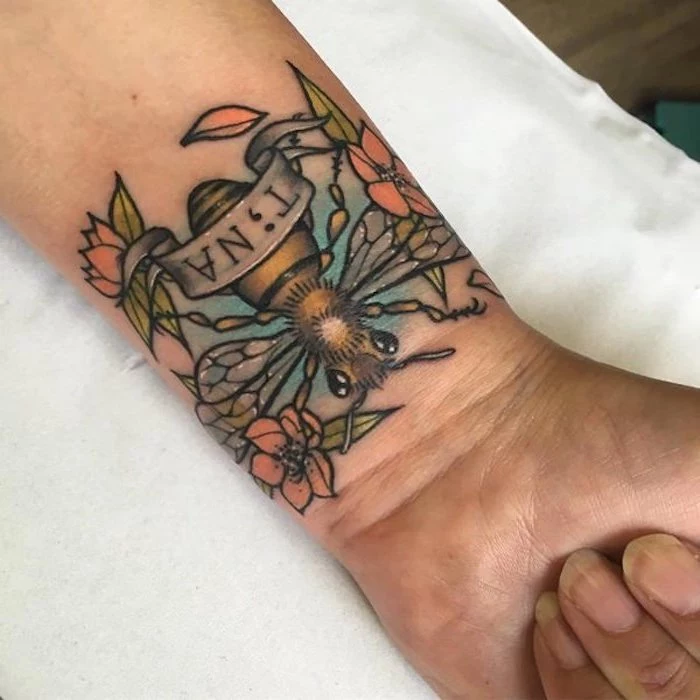
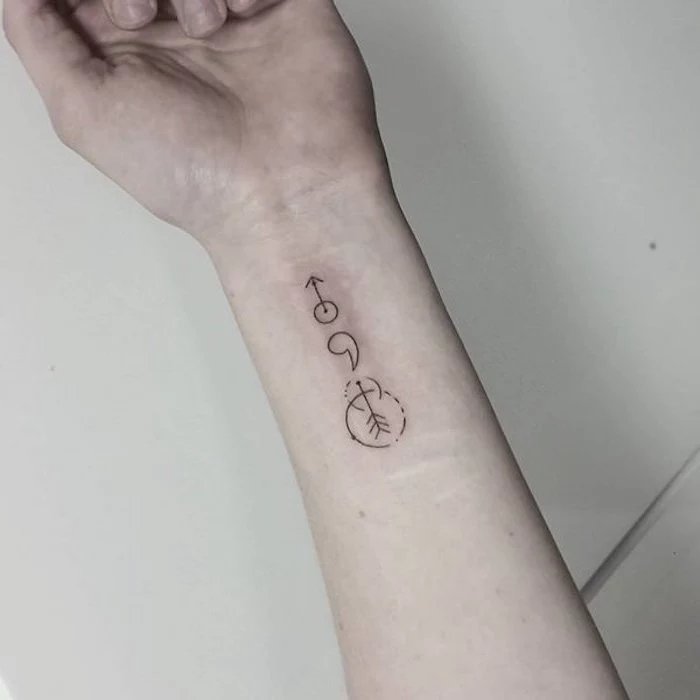
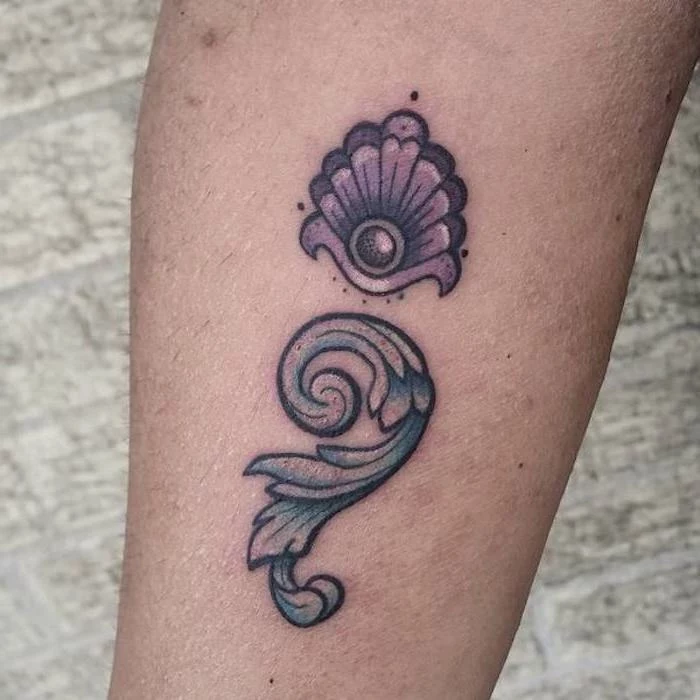
How do you choose the right artist for something so personal?
Look beyond just skill. Find an artist whose portfolio shows precision in small tattoos and fine lines. Check their Instagram for healed work—not just fresh ink. But most importantly, read their reviews or ‘about’ section. Do they seem empathetic? A good artist for a semicolon tattoo is someone who creates a safe, respectful space, understands the weight of the symbol, and makes you feel comfortable, not rushed.
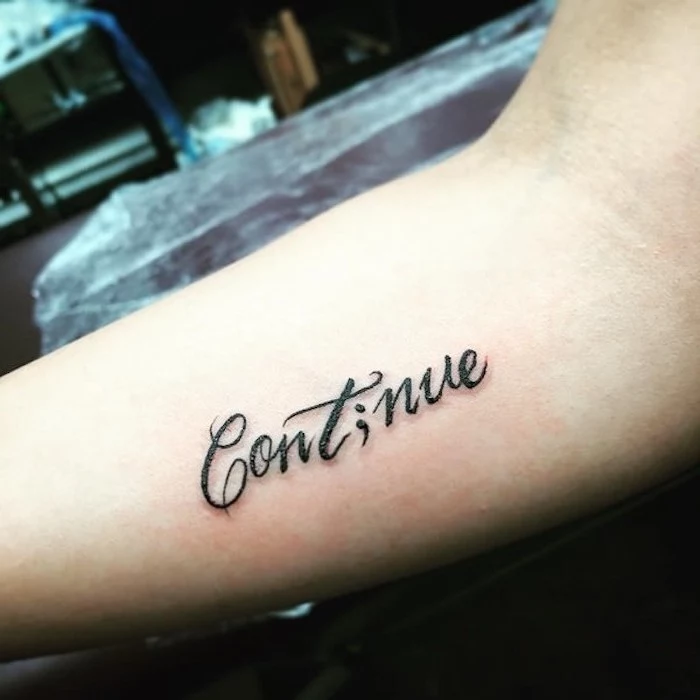
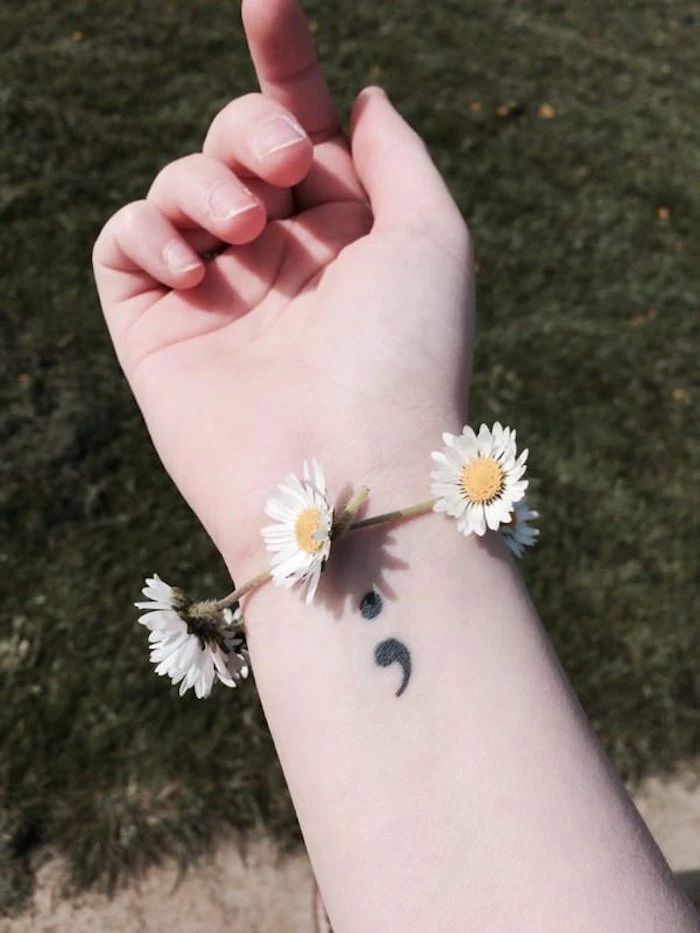
Integrating your semicolon into a larger piece can make it uniquely yours. Consider these creative fusions:
- Nature’s Pause: The body of a butterfly or bee, the stem of a wildflower, or the trunk of a tiny, resilient tree.
- Cosmic Continuation: A comet with the semicolon as its head, or a tiny constellation where the stars form the shape.
- Personal Passion: The ‘o’ in a meaningful word, the hilt of a tiny sword, or part of a musical note.
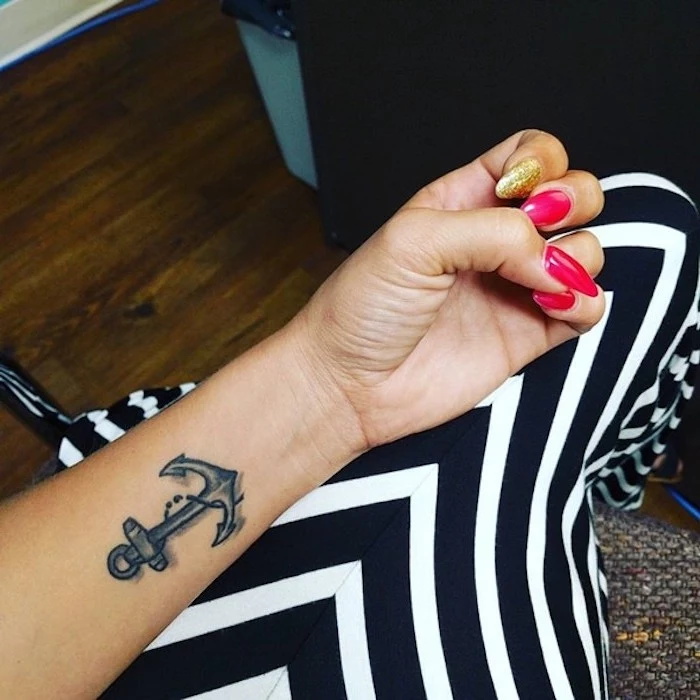
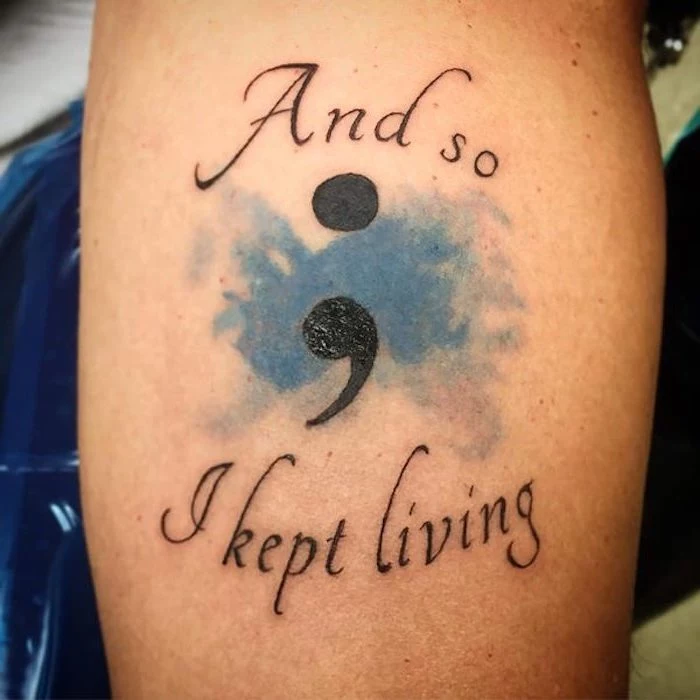
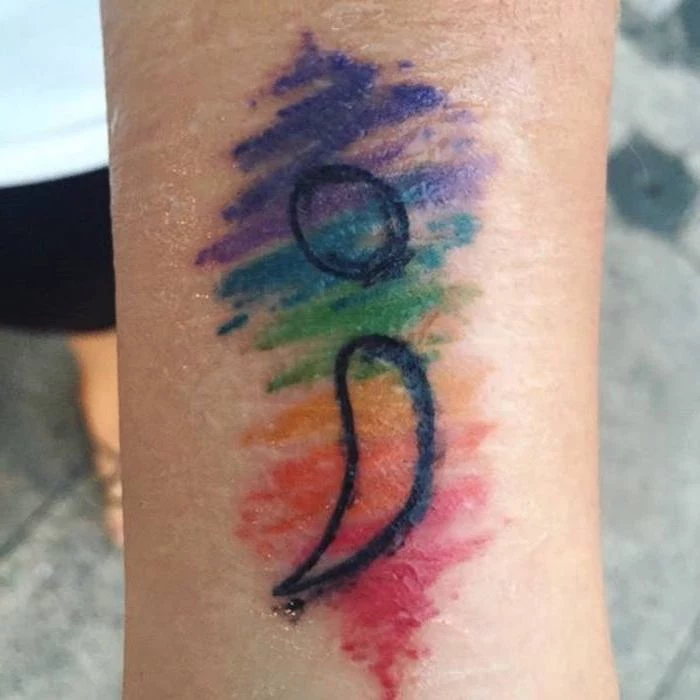
Fine-Line Single Needle: Delicate, subtle, and mimics the look of an ink pen. It’s minimalist and heals quickly but may be more prone to fading over many years, potentially requiring a touch-up.
Traditional Bold Line: A stronger, more graphic statement. This style is incredibly durable and will hold its shape and darkness for decades with minimal fading.
The choice depends on whether you prefer a quiet whisper or a confident declaration.
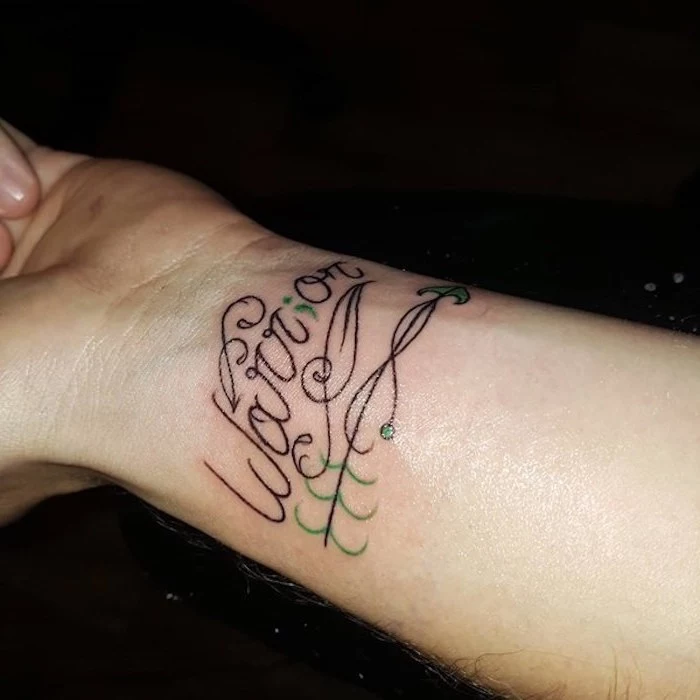
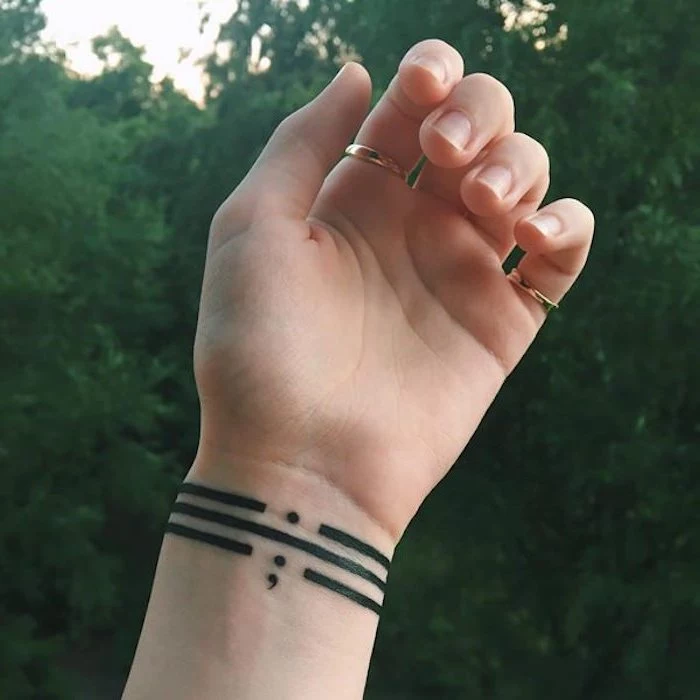
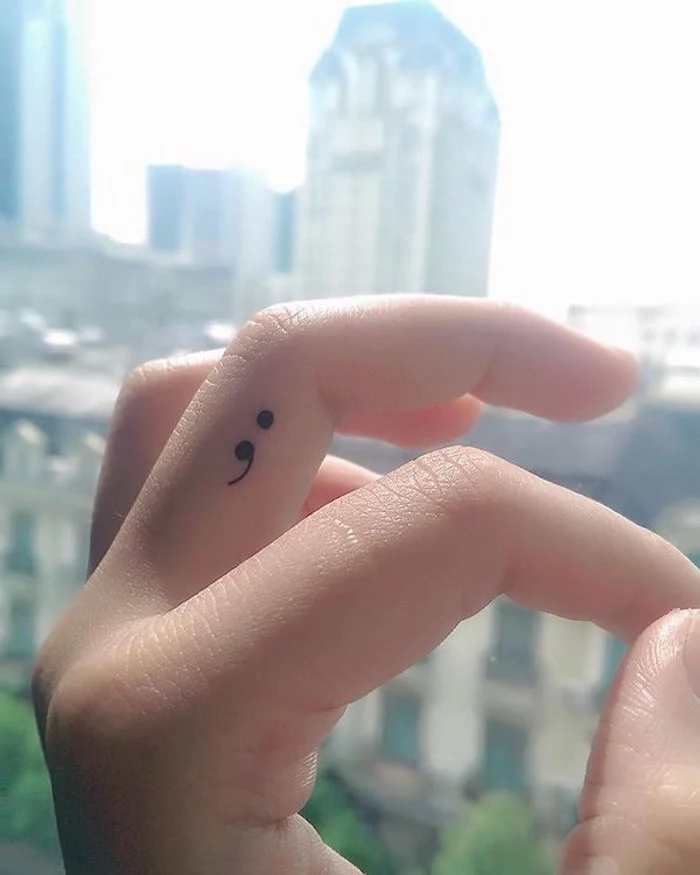
- A crisp, clear line that holds its integrity.
- Deep, saturated color that doesn’t look faded.
- A smooth healing process with minimal scabbing.
The secret? Proper aftercare. For the first few weeks, gently wash with unscented soap, pat dry with a paper towel, and apply a very thin layer of a dedicated tattoo balm like Hustle Butter Deluxe or After Inked. Avoid sun, swimming, and friction from clothing.
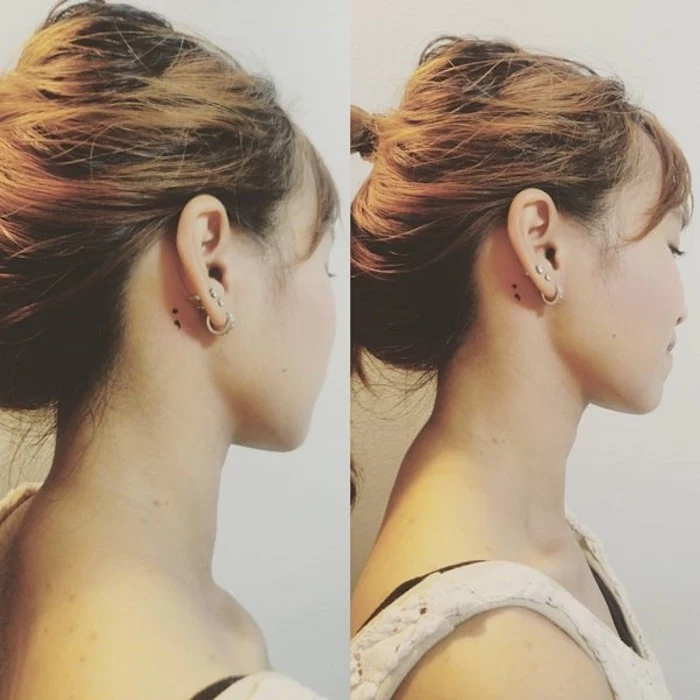
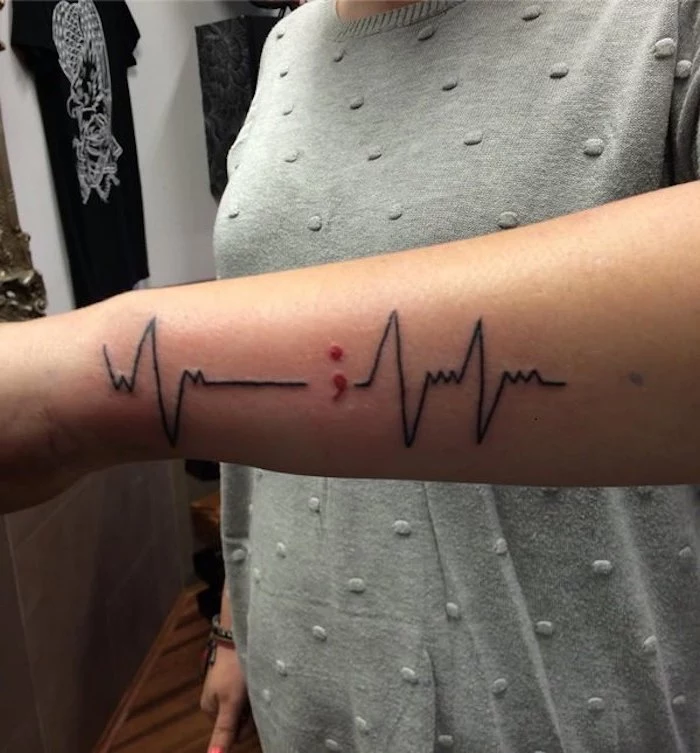
While black is classic, color can add a layer of personal symbolism. A splash of watercolor in your favorite hue—serene blue, hopeful yellow, or passionate red—can represent the emotion behind your journey. Some people opt for a dark teal, the awareness color for PTSD, or green for mental health awareness in general. A colored semicolon can transform the piece from a punctuation mark into a small, abstract piece of art.
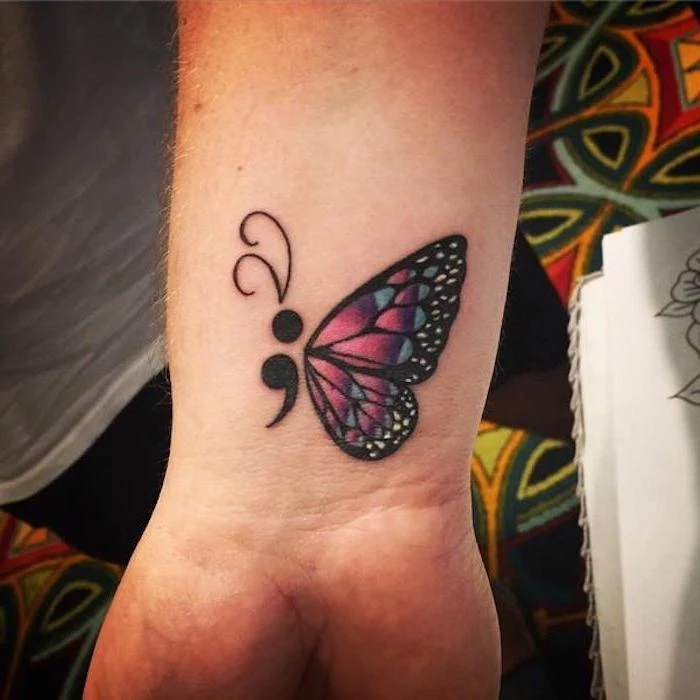
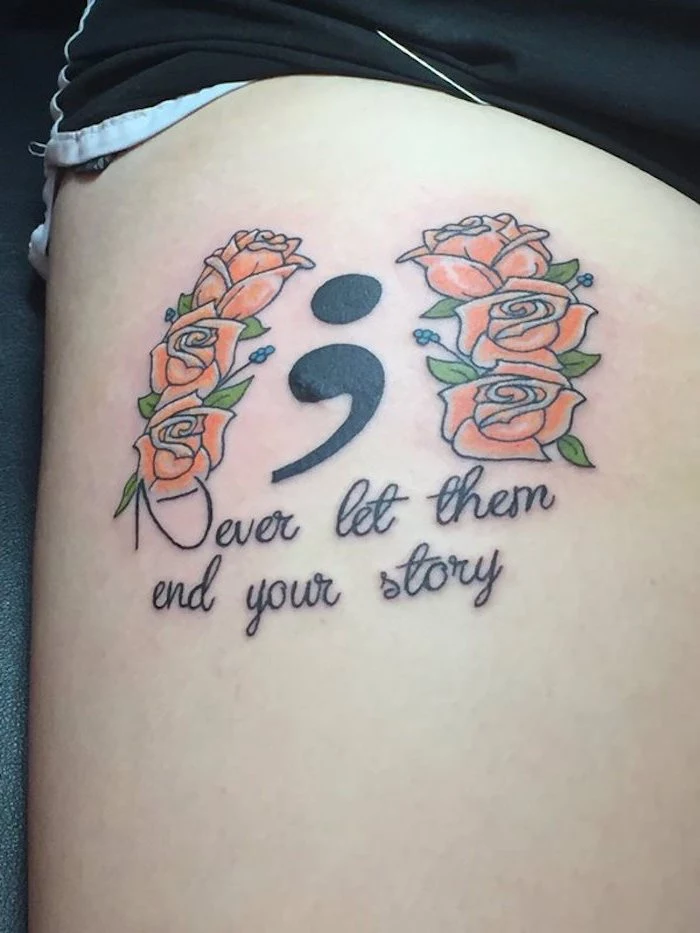
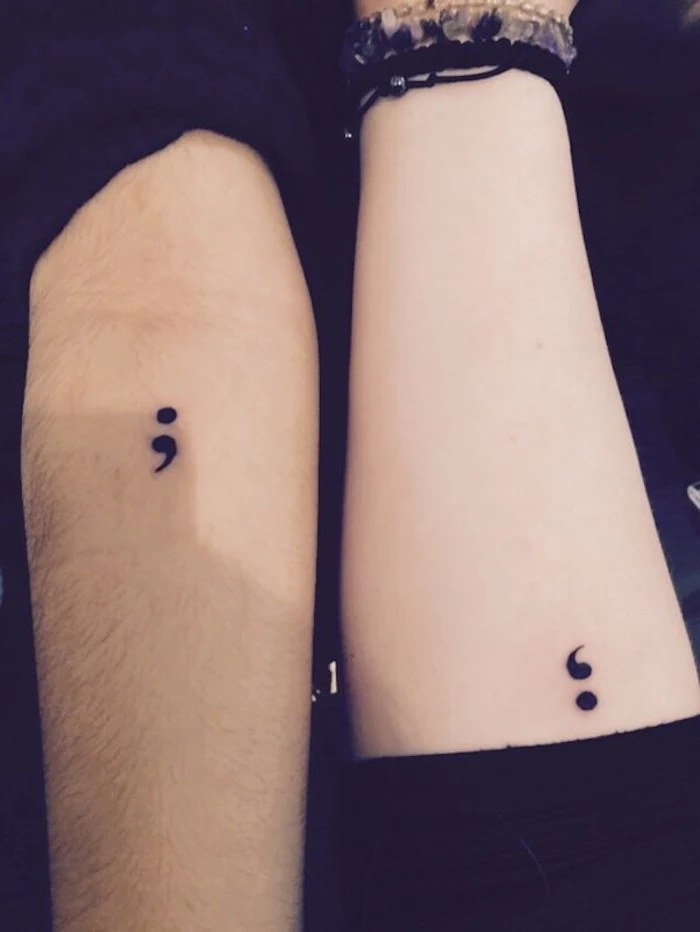
More than 1 in 5 U.S. adults live with a mental illness.
This isn’t just a statistic; it’s a community. When you get a semicolon tattoo, you’re wearing a quiet signal of solidarity. It can open doors to conversations, letting others know they aren’t alone and that you’re a safe person to talk to. It’s a symbol that turns a personal struggle into a bridge of human connection.
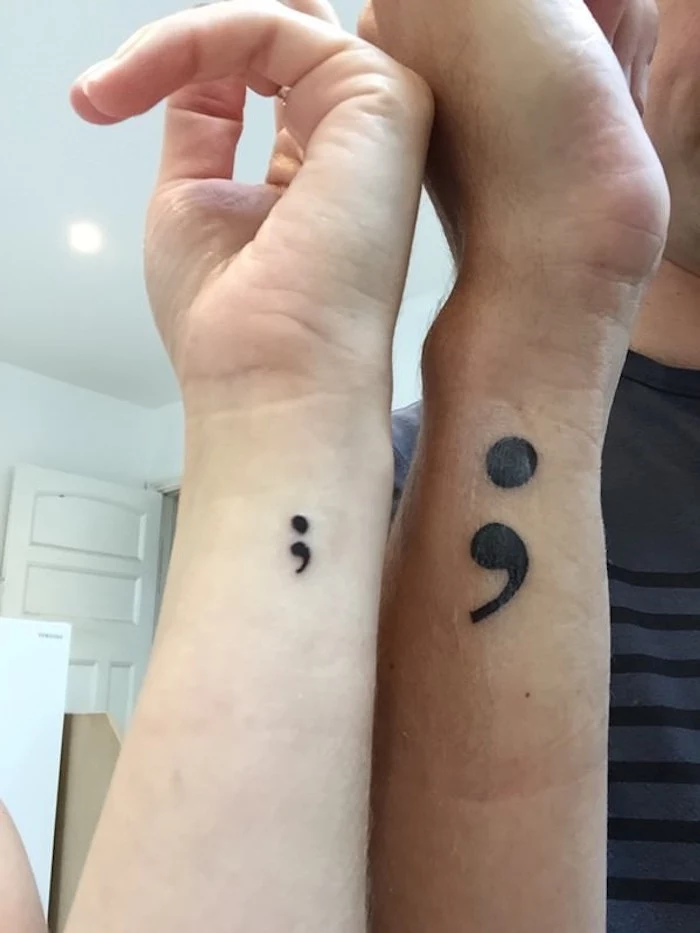
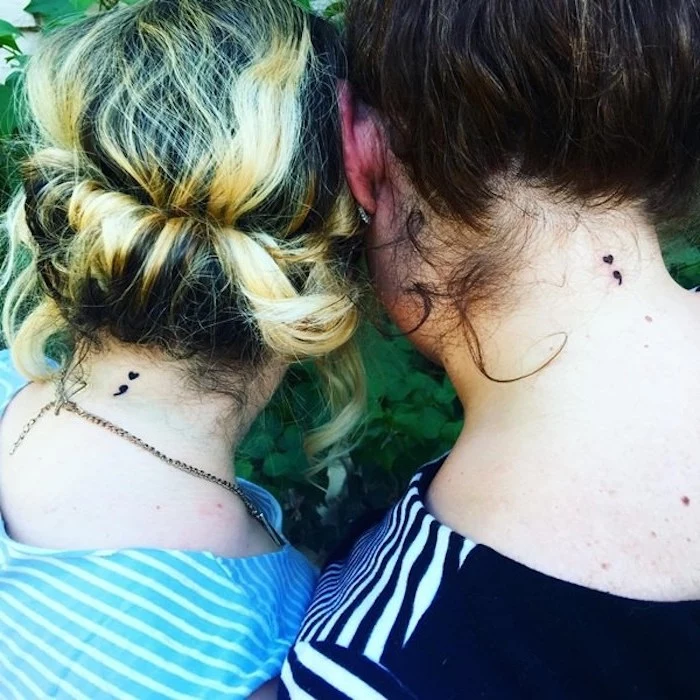
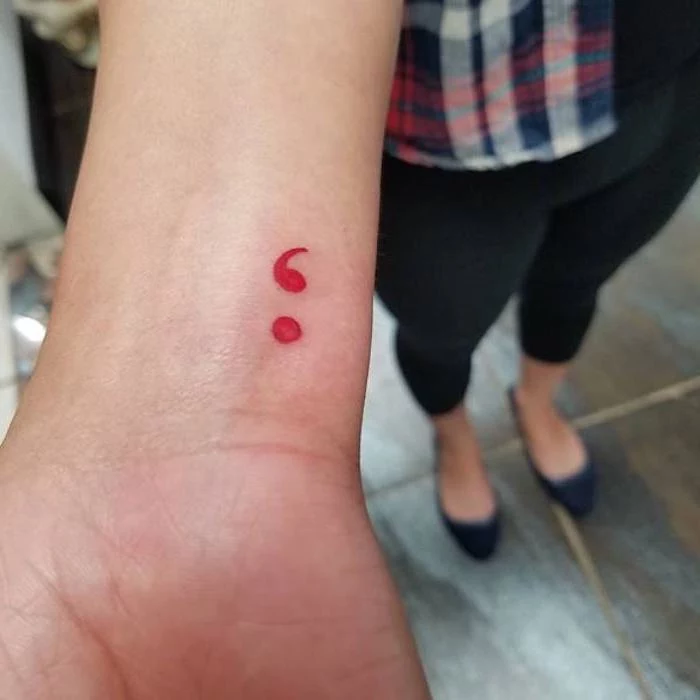
One common mistake: Sacrificing quality for a low price. A semicolon is small, but it requires immense precision. An unsteady hand can turn a comma and a dot into a blurry smudge over time. Invest in an artist known for their sharp linework. A few extra dollars ensures your powerful symbol stays clear and beautiful for a lifetime.

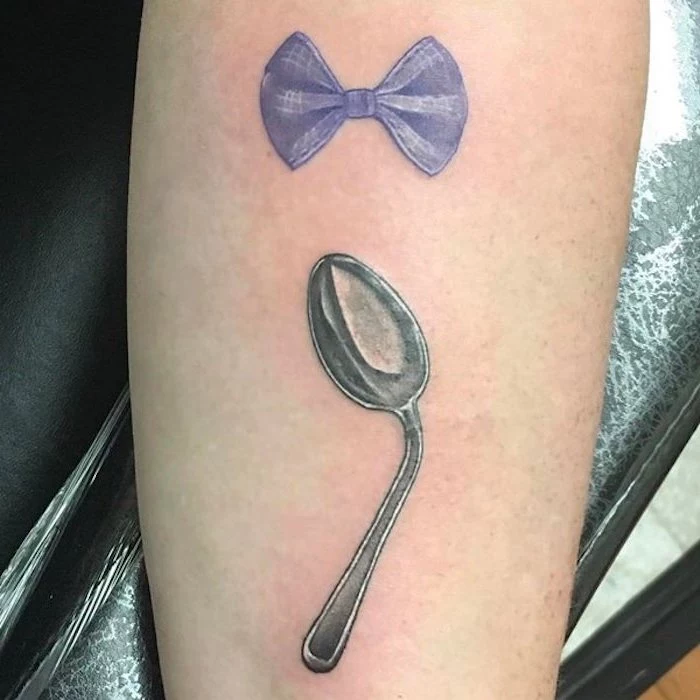
Is a white ink semicolon a good idea?
It’s an aesthetic that appeals to many for its subtlety. However, be aware of the realities. White ink is unpredictable. On some skin tones, it can heal to look like a faint, silvery scar; on others, it can take on a yellowish or beige tint over time. It is also highly susceptible to sun damage and fading. A reputable artist will discuss these factors with you to manage your expectations.
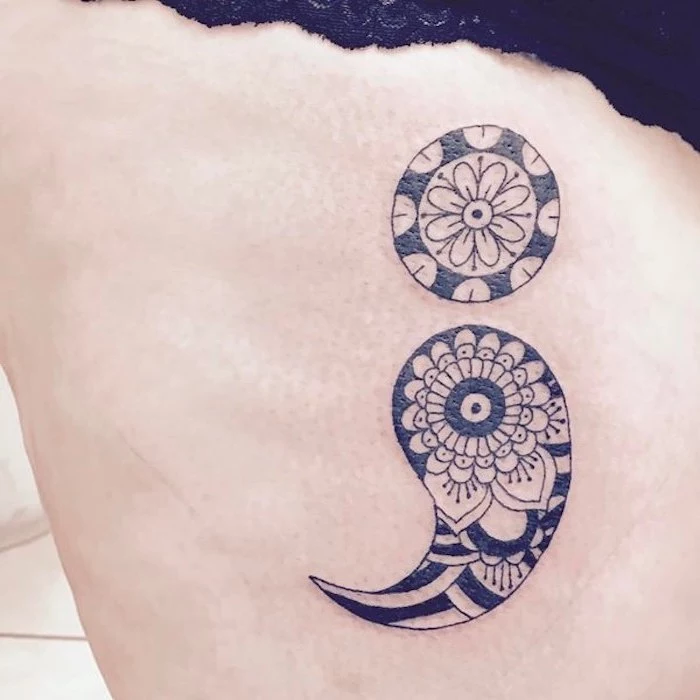

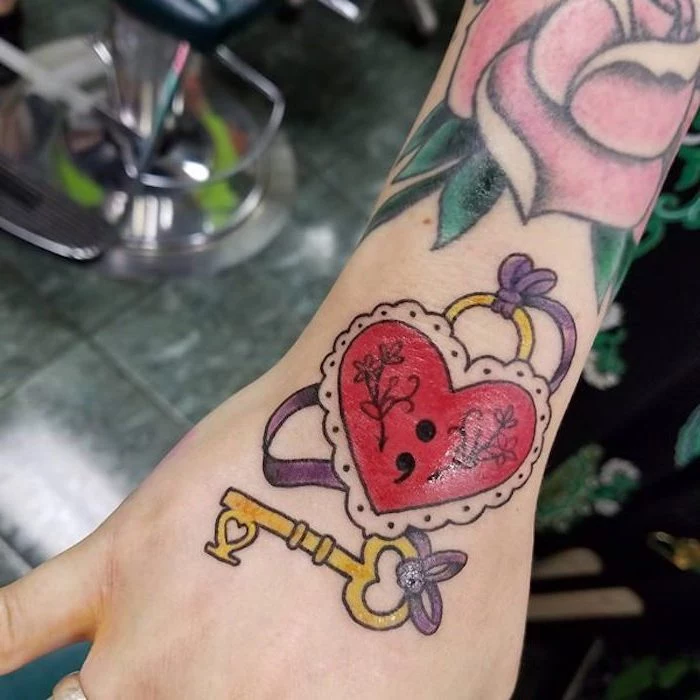
Preparing for your appointment isn’t just about the day itself. In the 24 hours prior, avoid alcohol and blood-thinning pain relievers like aspirin, as they can increase bleeding. Get a good night’s sleep, and eat a solid meal an hour or two before you go in. A stable blood sugar level makes the experience much more comfortable. Wear loose clothing that gives easy access to the tattoo area.
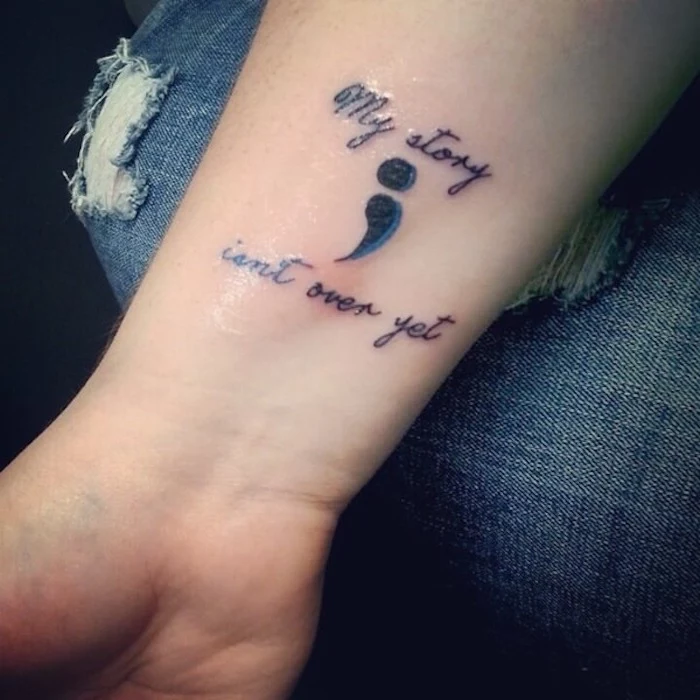
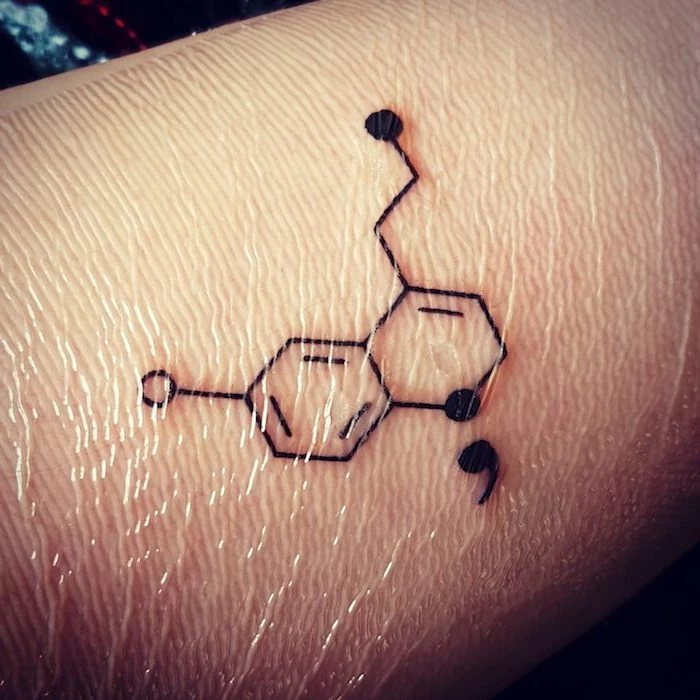
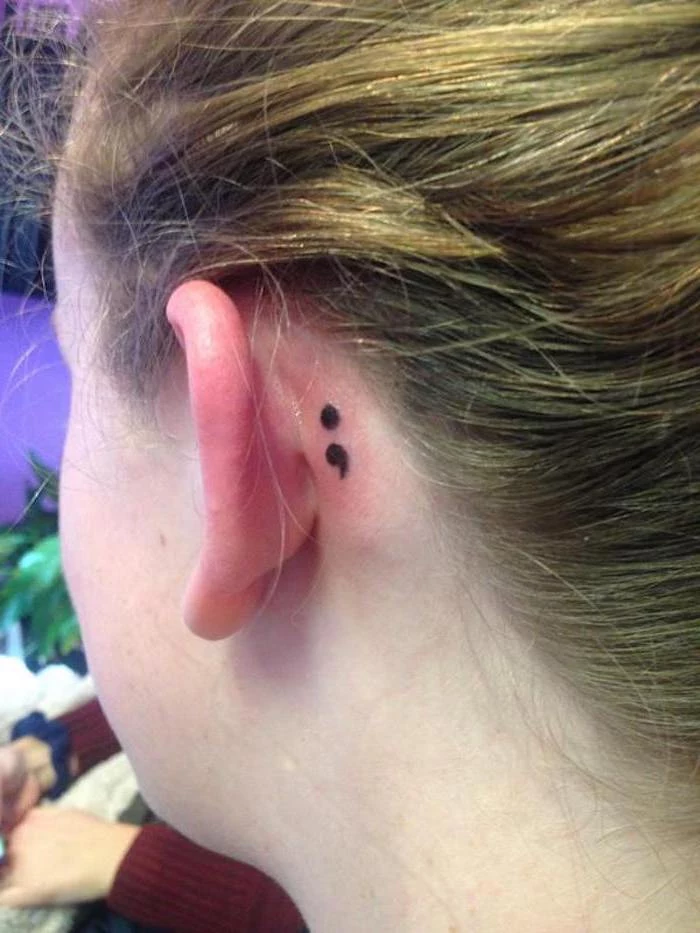
- The skin feels smooth, no longer raised or flaky.
- The color is rich and settled, not shiny.
- It feels like a part of you, not something on you.
This is the moment your tattoo is truly yours. The healing is part of the process, a final, gentle reminder of the patience and care you’ve given yourself. Seeing it fully integrated into your skin is a quiet victory lap for the journey it represents.
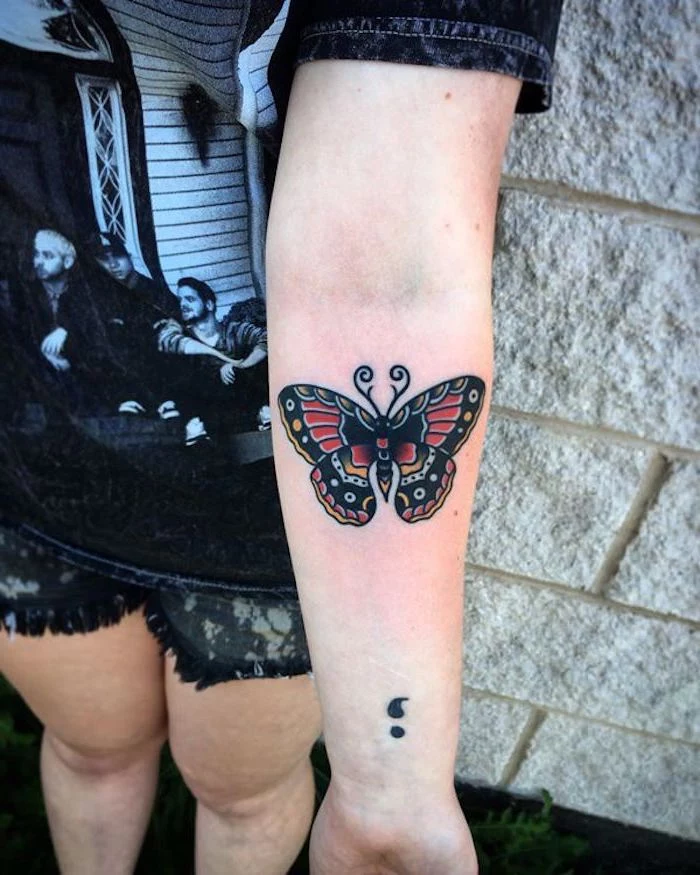
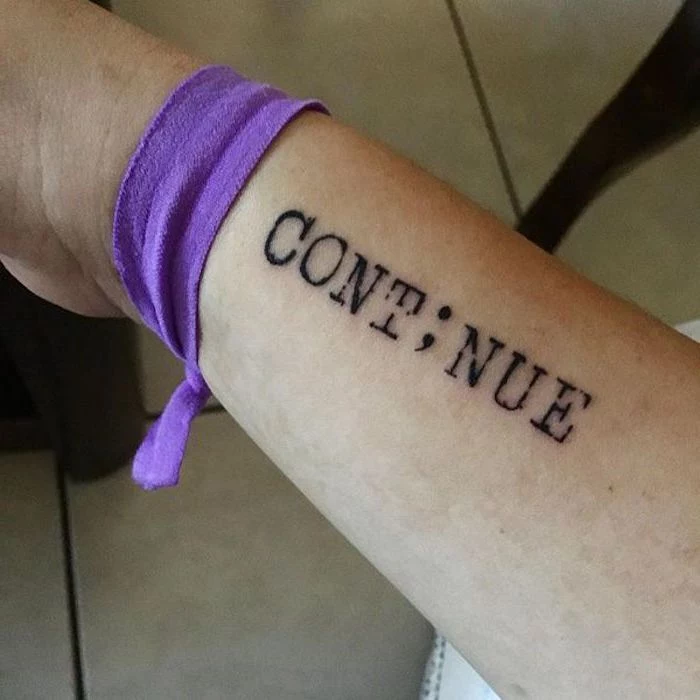
The Cat’s Paw Semicolon: A subtle and charming choice for animal lovers. The main pad of the paw print forms the dot, while a curved claw mark or stylized toe creates the comma above it.
The Lotus Semicolon: The dot is the base of the lotus flower, and the comma is a single petal gracefully unfurling above it, symbolizing resilience and beauty growing from murky waters.
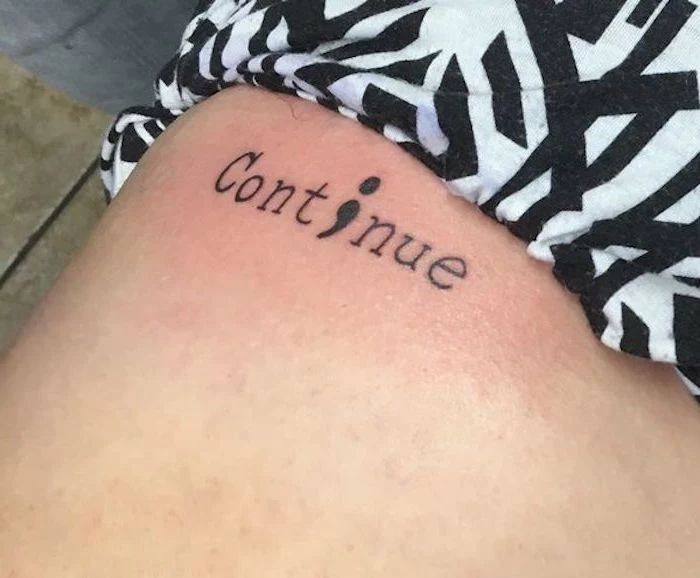
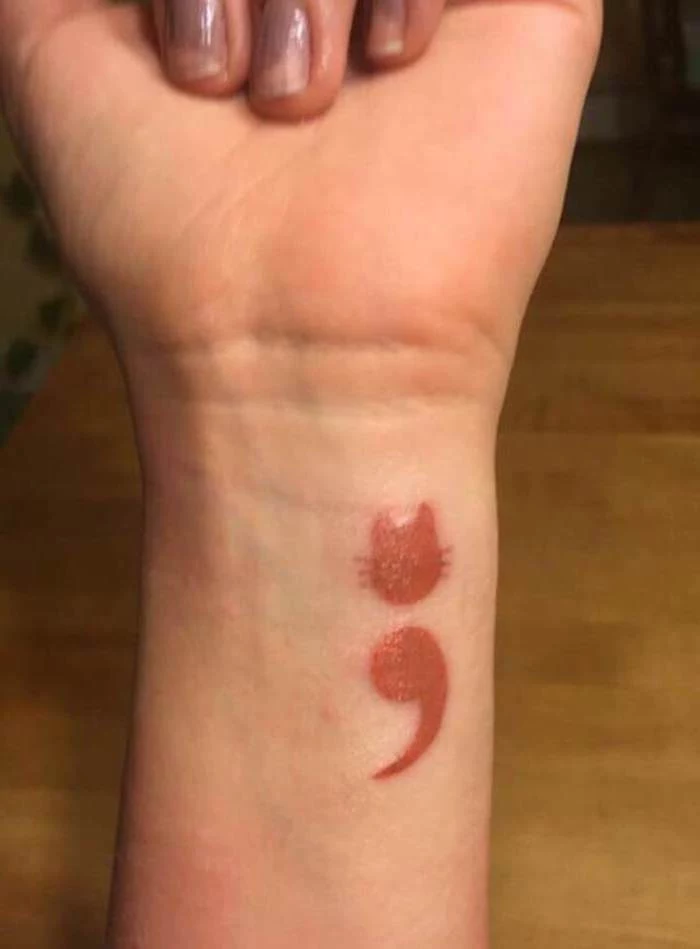
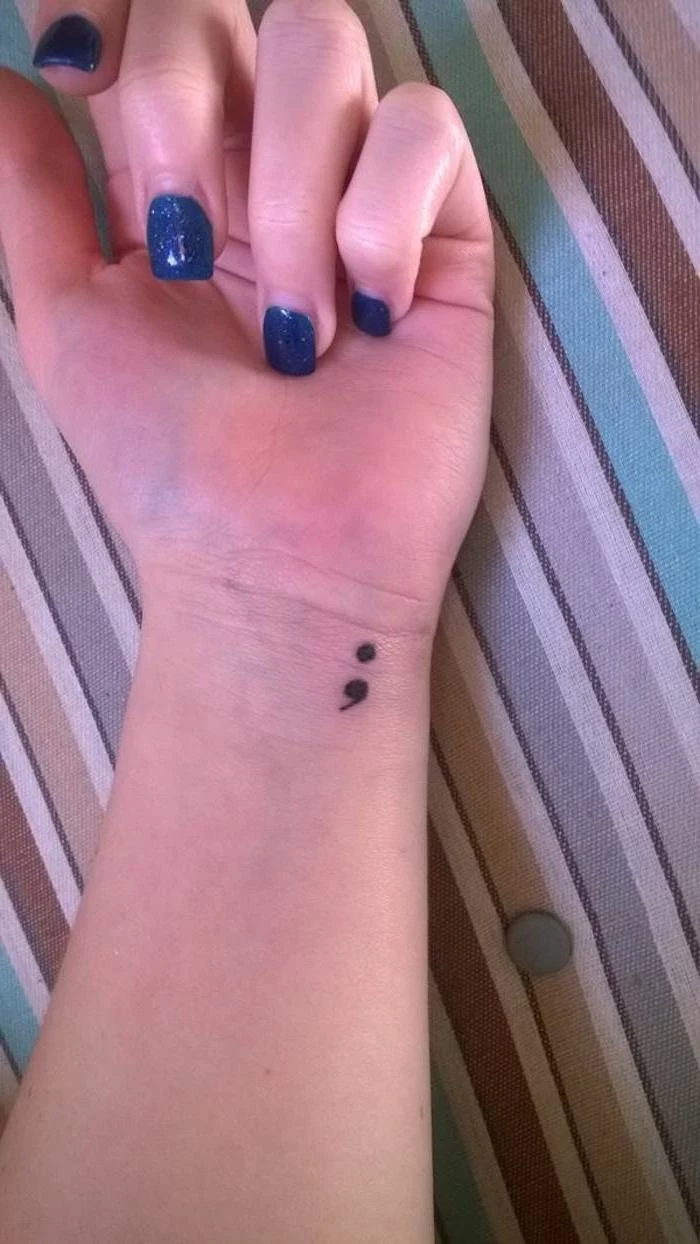
Did you know that quality black tattoo ink, like Dynamic Triple Black or World Famous Ink’s Pitch Black, is made from carbon-based pigments? This makes it incredibly stable in the skin and resistant to UV degradation, which is why black tattoos last longer and stay truer than most colors.
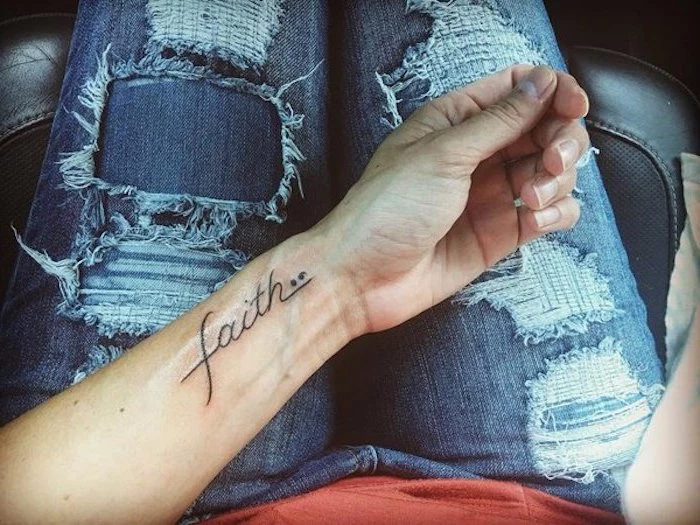
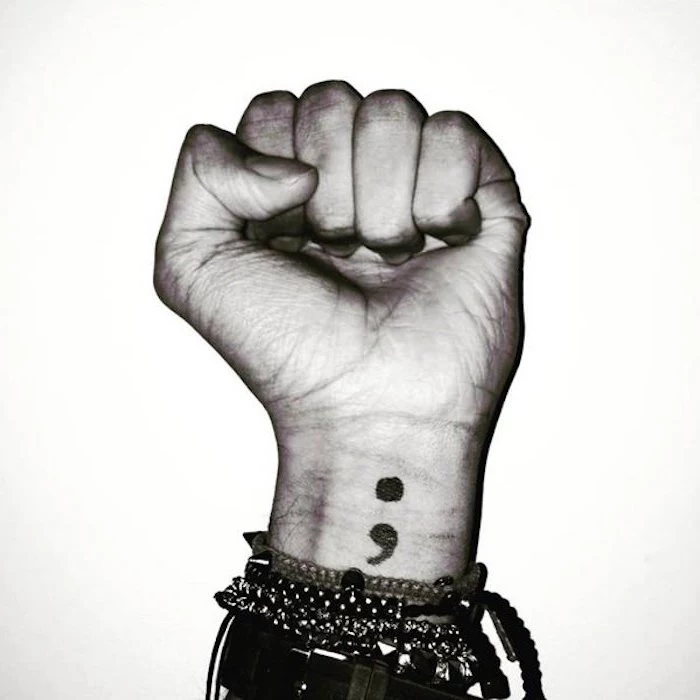
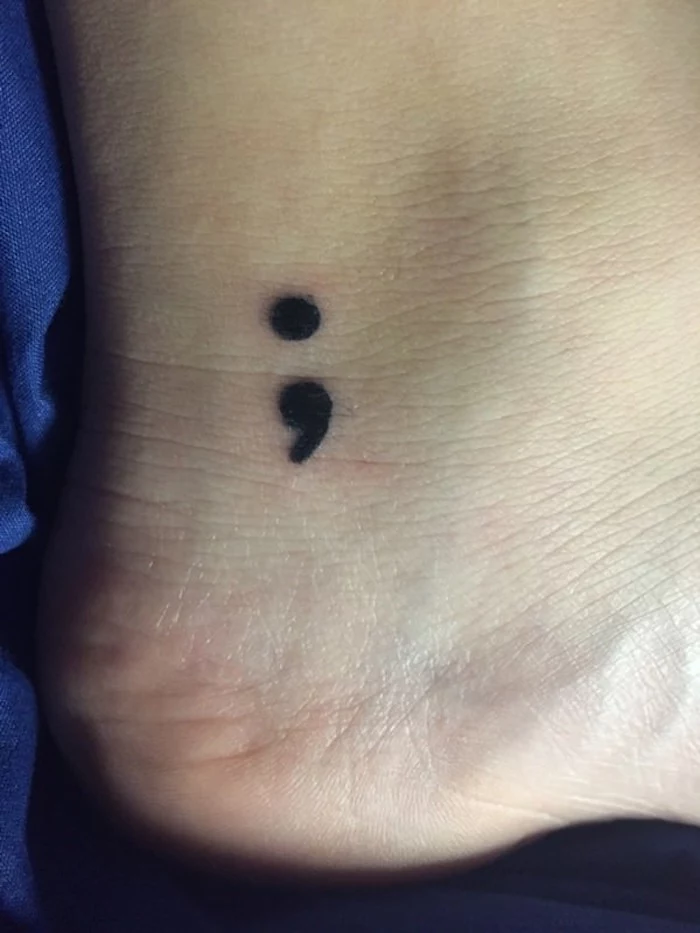
Don’t forget the sunscreen! Once your tattoo is fully healed (after about 3-4 weeks), the sun is its biggest enemy. UV rays break down the ink particles in your skin, causing fading and blurring over time. For a small, exposed tattoo on the wrist, a daily application of SPF 50+ is the single best thing you can do to keep your lines sharp and your symbol strong for years to come.
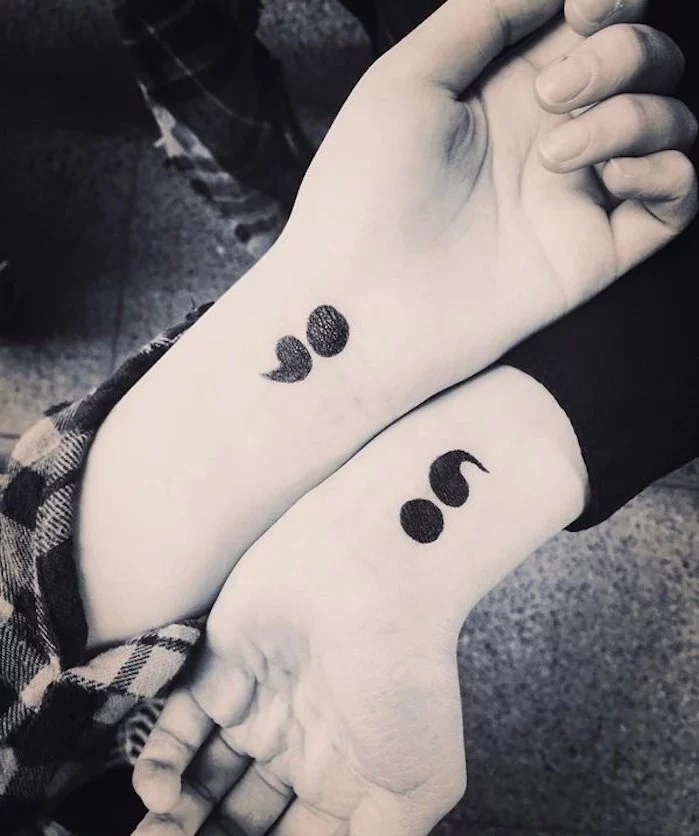
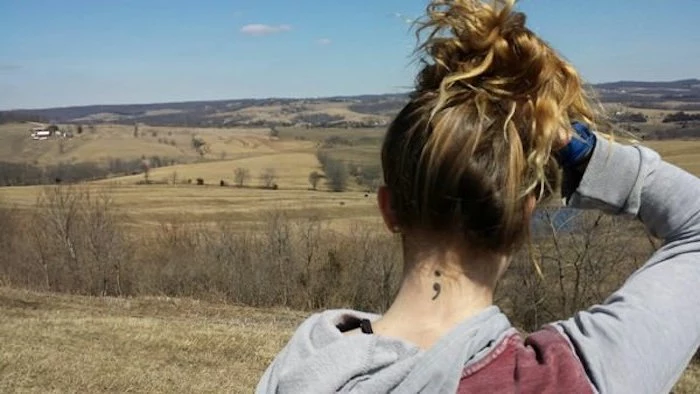
Thinking about accompanying your semicolon with a word? The font is everything. A delicate, script-like font such as ‘Beloved’ or ‘Madelyn’ can evoke a sense of grace and personal reflection. In contrast, a clean, typewritten font like ‘Special Elite’ or ‘Courier’ can feel like a direct quote from your own story, raw and unflinching. Browse font websites to find one that speaks your truth.
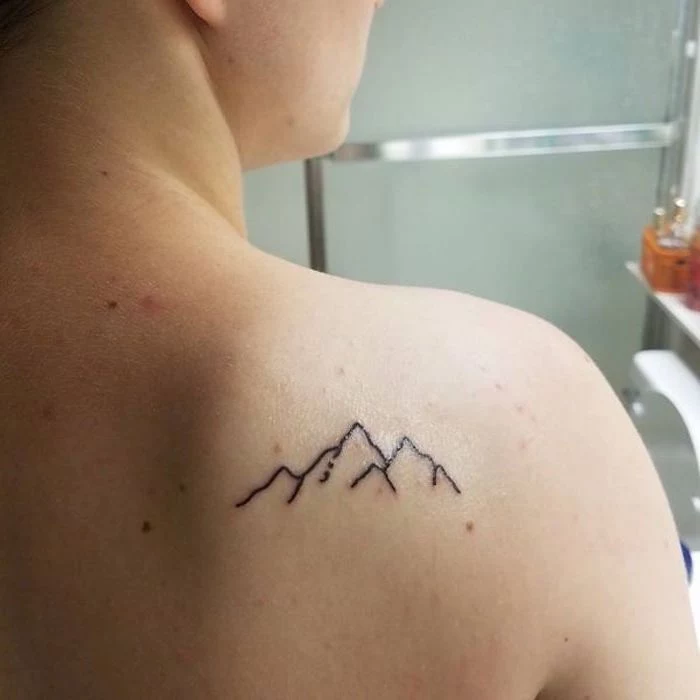
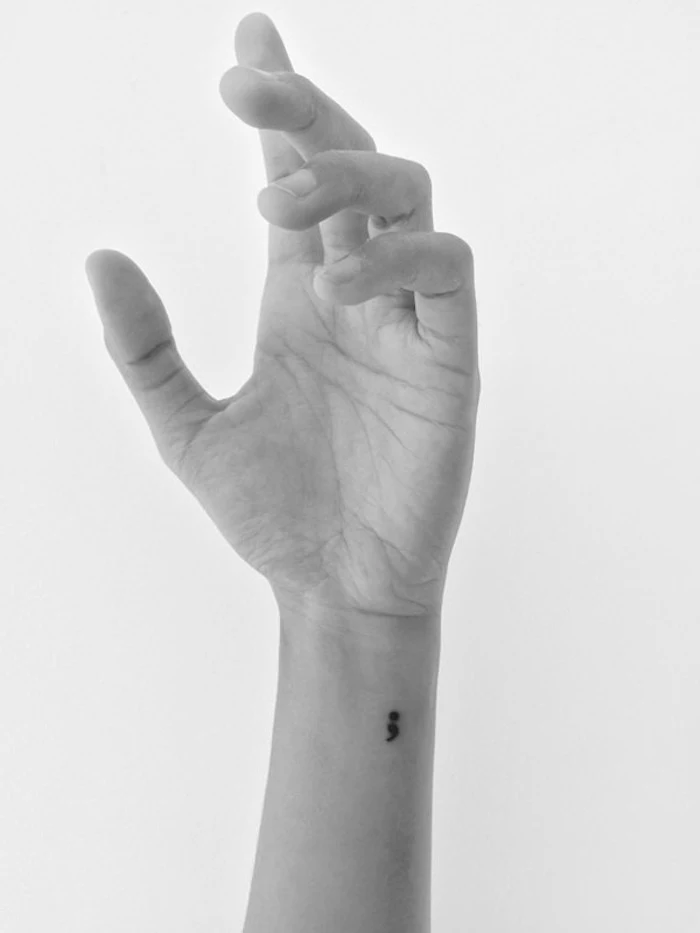
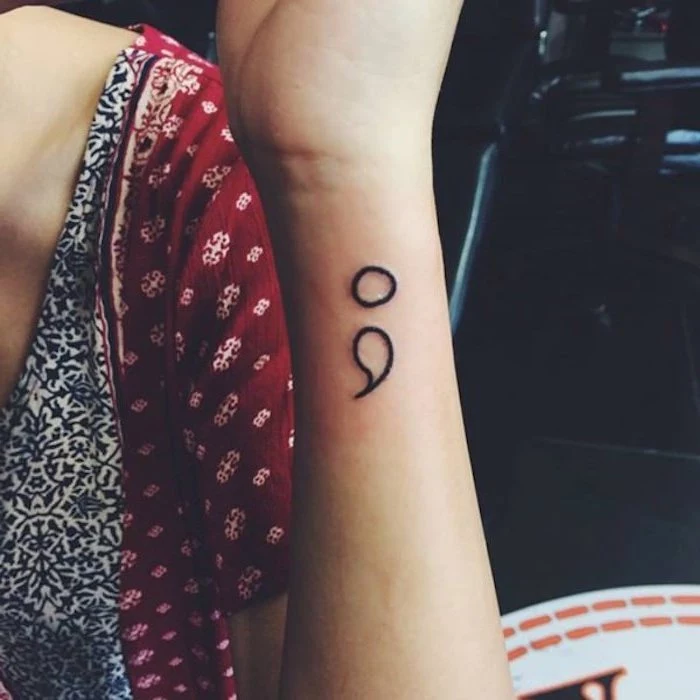
What if I’m not ready for something permanent?
That’s completely okay. The journey is yours, and so is the timing. Consider a high-quality semi-permanent tattoo from a brand like Inkbox. Their ink develops in your skin over 24 hours and lasts 1-2 weeks. It’s a powerful way to wear the symbol, to feel its weight and its comfort on your own terms, before making a lifelong commitment.
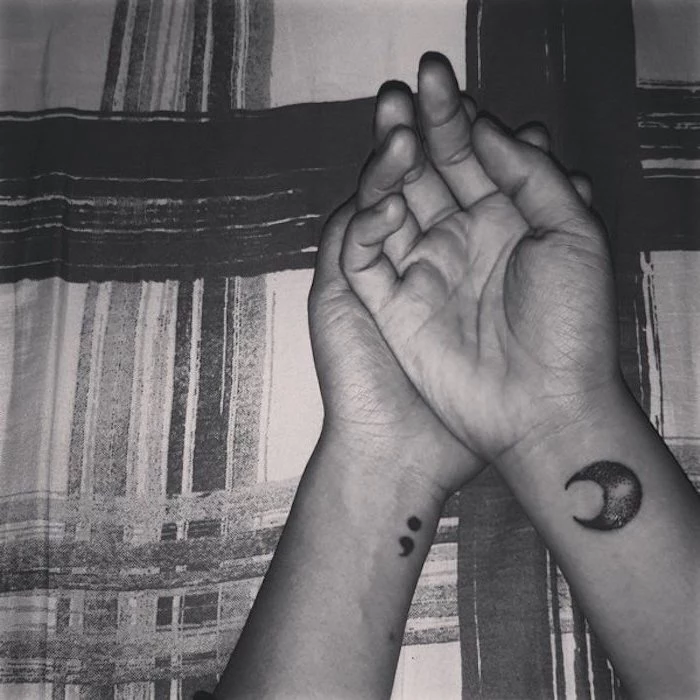
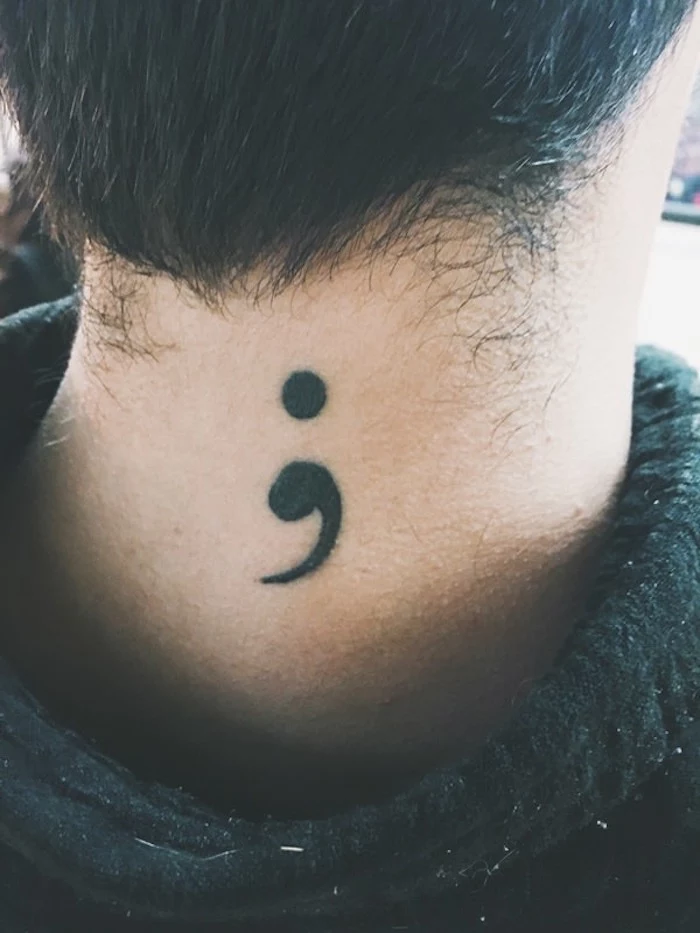
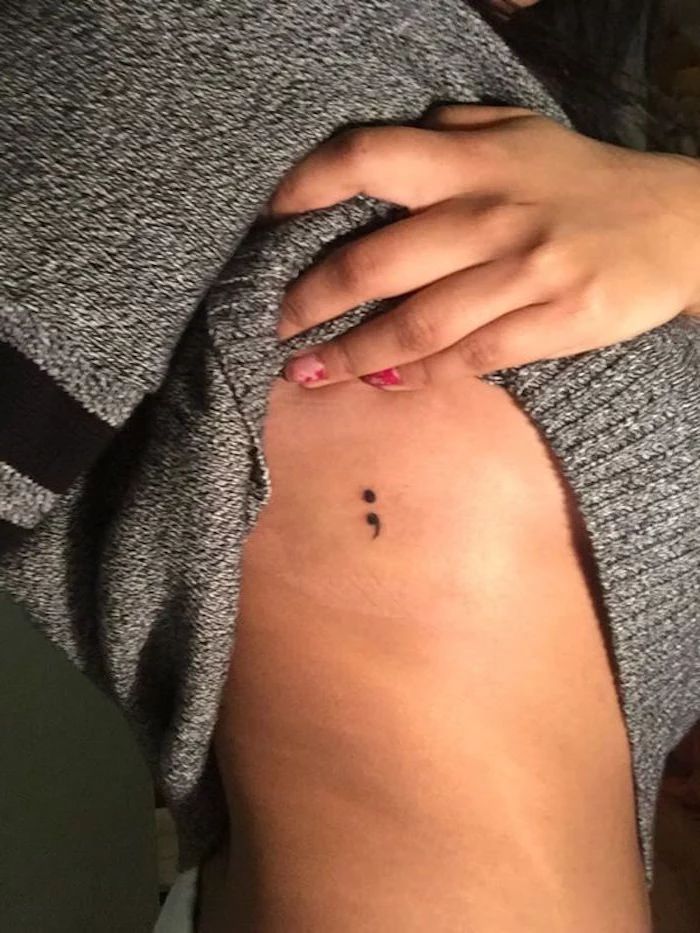
- Minimal pain, often described as a light, consistent scratch.
- Fast healing time due to less trauma to the skin.
- Subtle and easy to place anywhere.
The power of a tiny tattoo. A semicolon doesn’t need to be large to be mighty. Its meaning is carried in the symbol itself, not its size. For many, a small, discreet design holds even more personal significance.
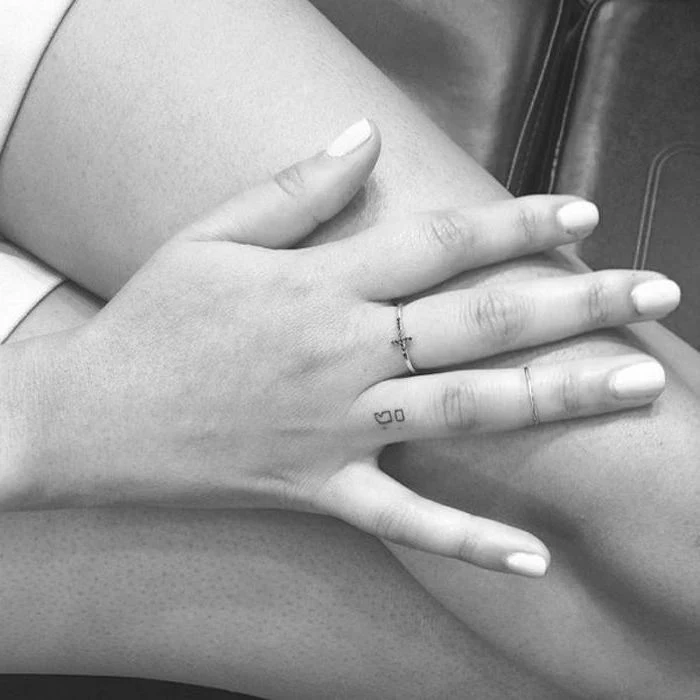
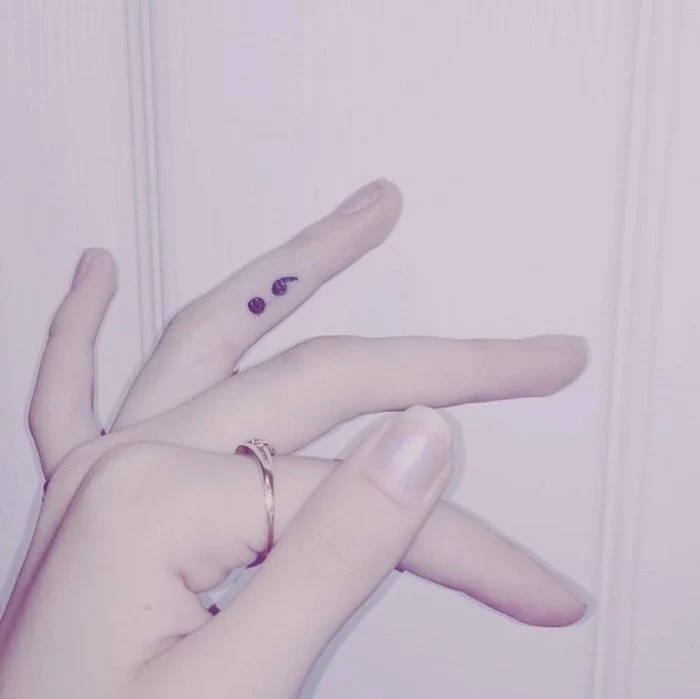
Wrist Placement: Highly visible, a constant personal reminder. Pain level is generally low to moderate. It’s a classic for a reason, but be mindful of workplace visibility if that’s a concern.
Behind the Ear: A more private, intimate placement. Pain can be surprisingly low as it’s on a less sensitive part of the skull. It’s a choice for those who want the symbol primarily for themselves.
Consider which experience you’re seeking: a public declaration or a private source of strength.
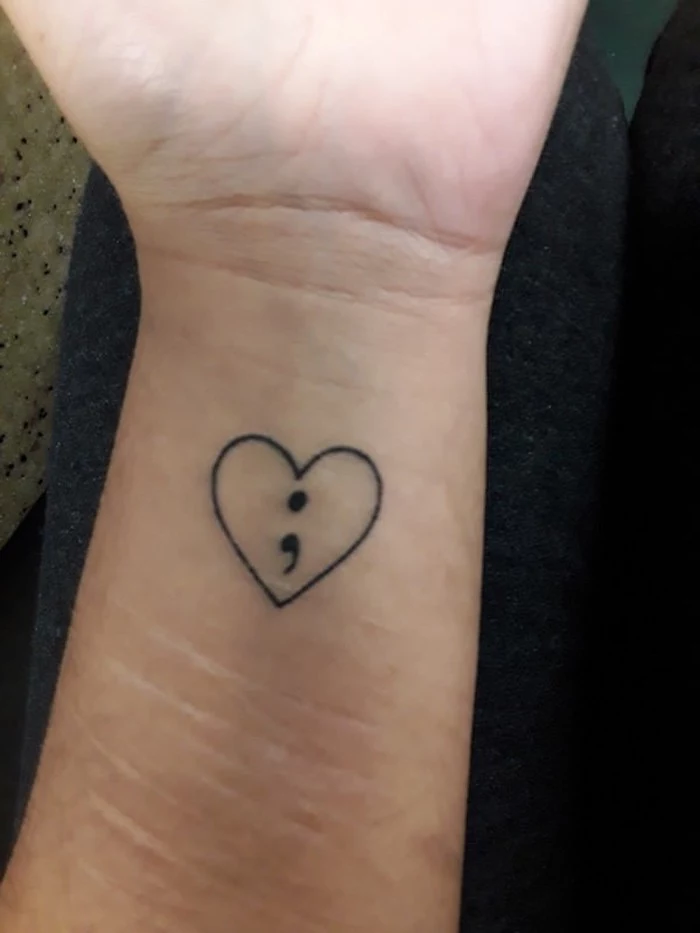
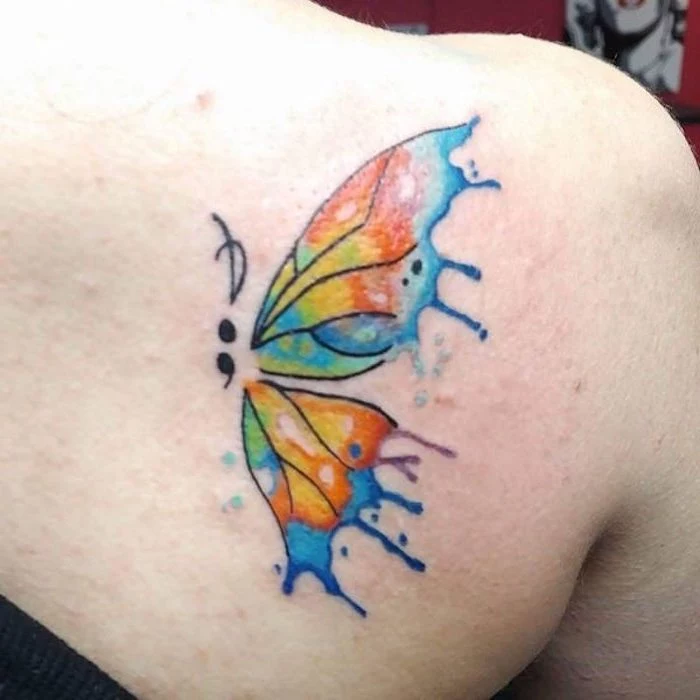
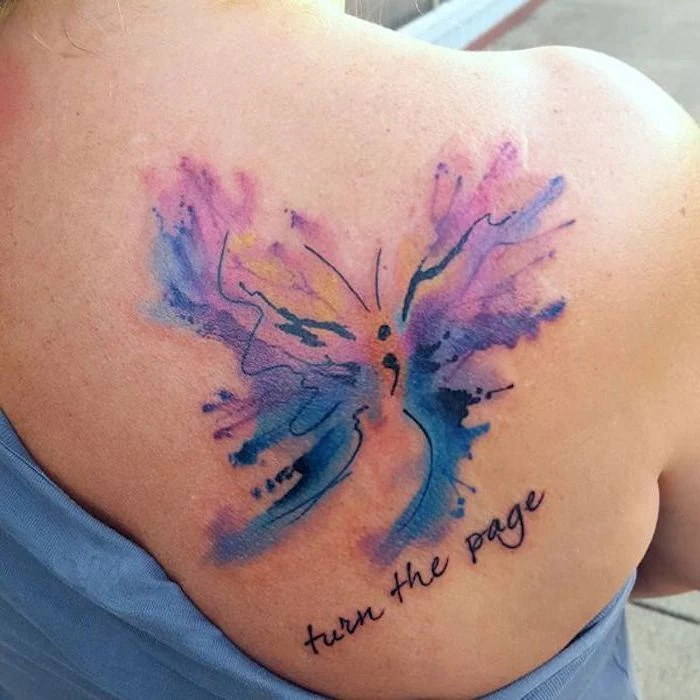
The sensation of a tattoo needle is less about a single point of pain and more about a vibrating, burning scratch. Your brain releases endorphins, the body’s natural painkillers, in response. This is why the pain often subsides into a dull, manageable ache after the first few minutes.
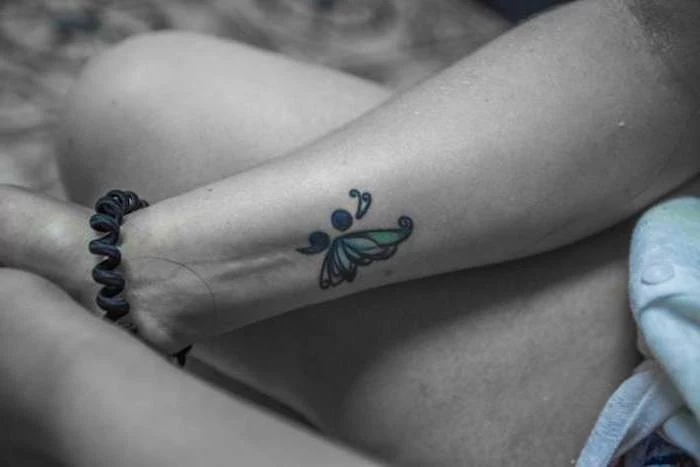
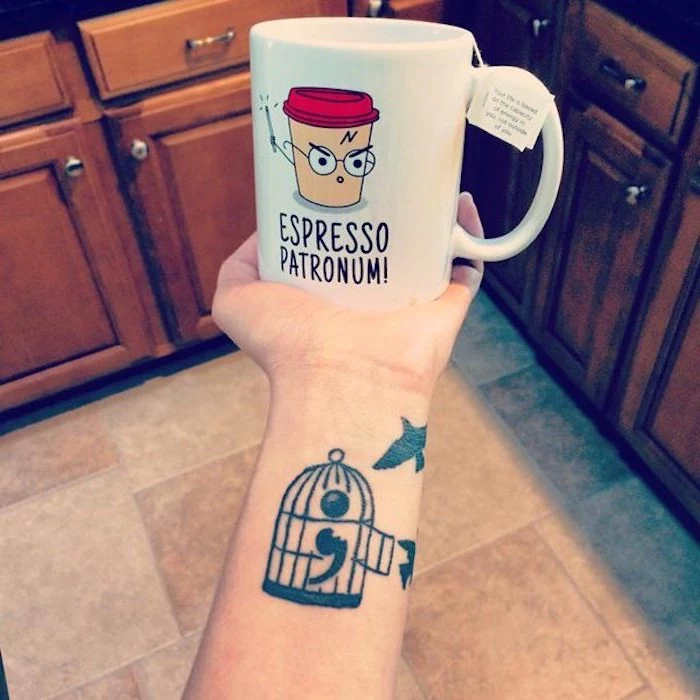
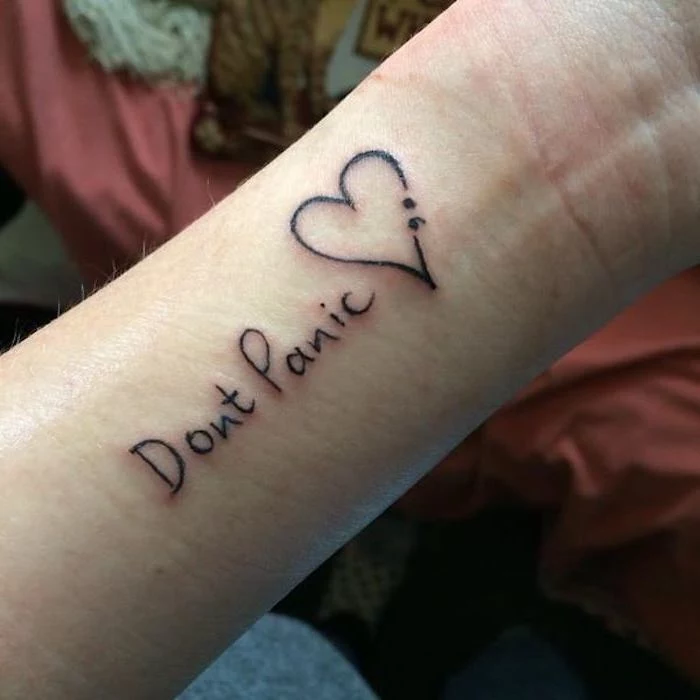
A note on touch-ups: A well-done black semicolon by a skilled artist may never need a touch-up. However, if placed on a high-friction area like the side of a finger or if it’s exposed to a lot of sun without protection, you might notice some fading after 5-10 years. Most touch-ups are quick, inexpensive, and restore the tattoo to its original crispness.
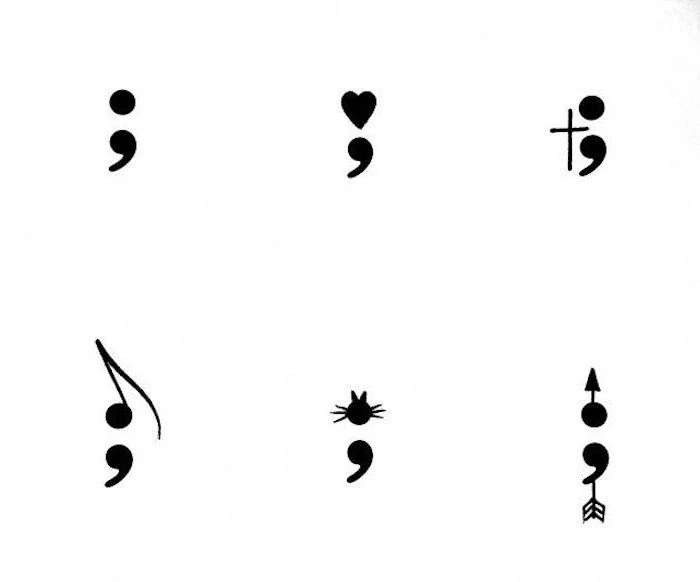
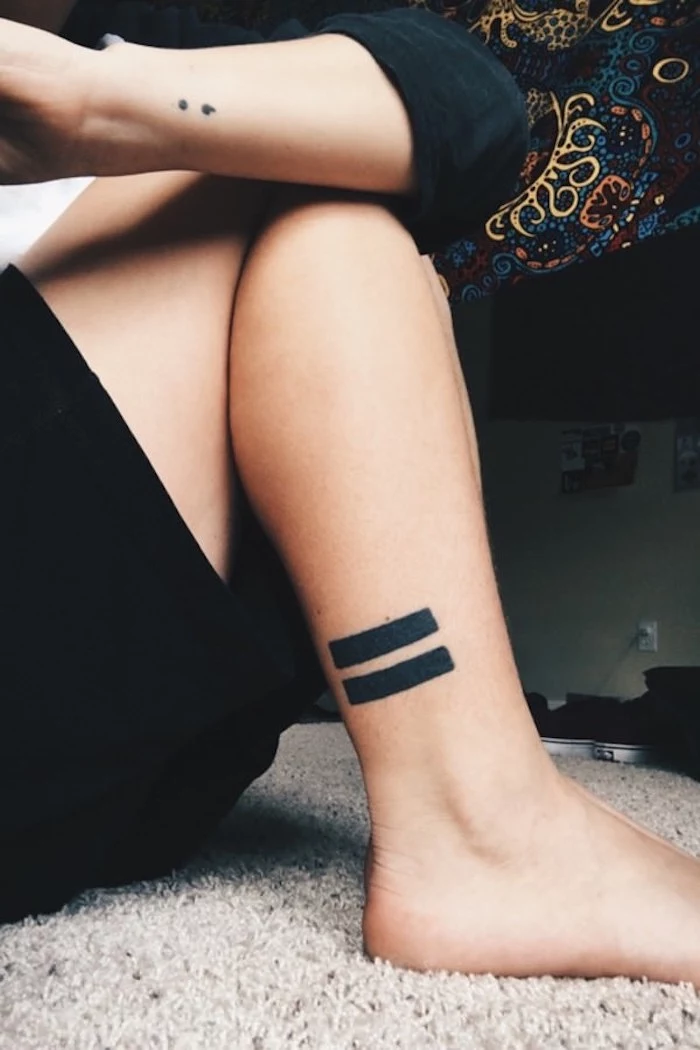
The conversation around a semicolon tattoo is a unique moment in the studio. You don’t have to share your whole story, but many find comfort in it. A simple,
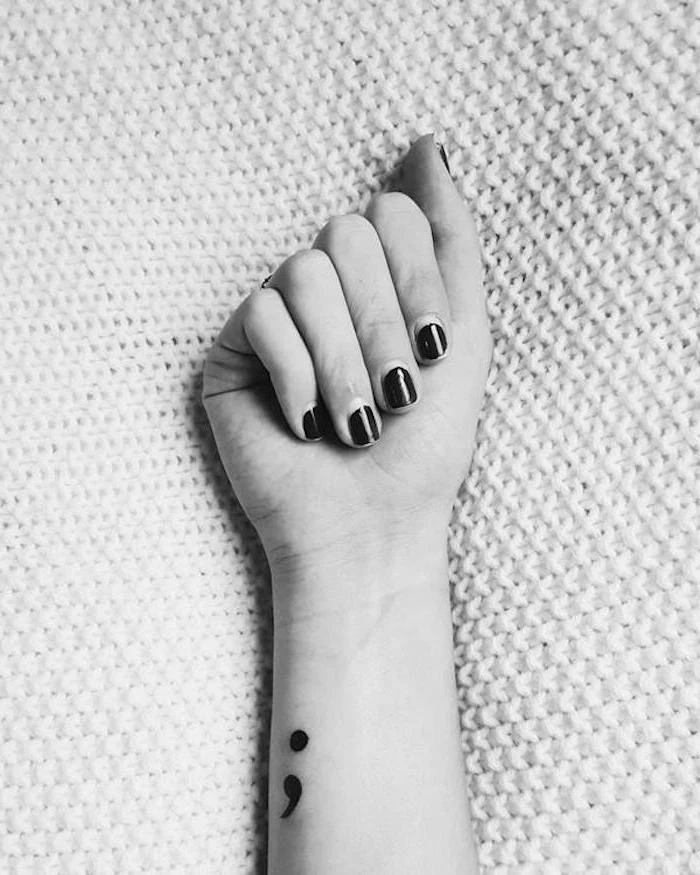
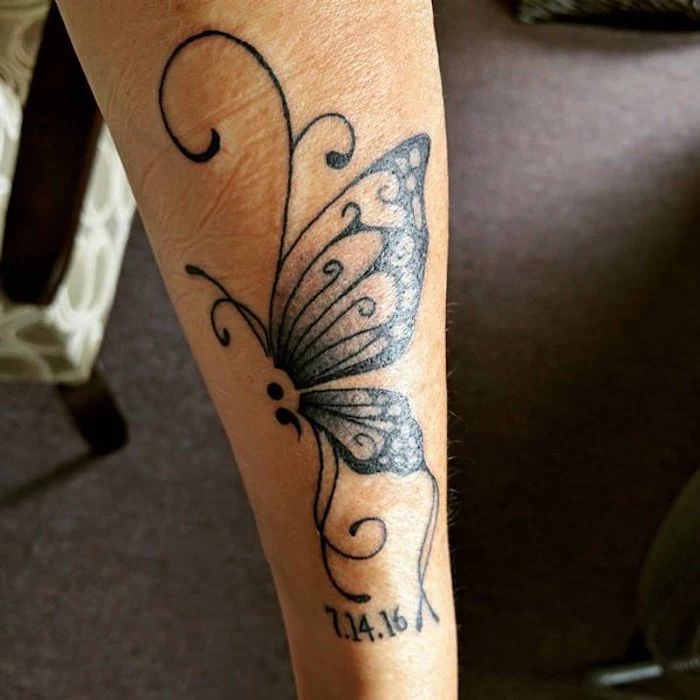
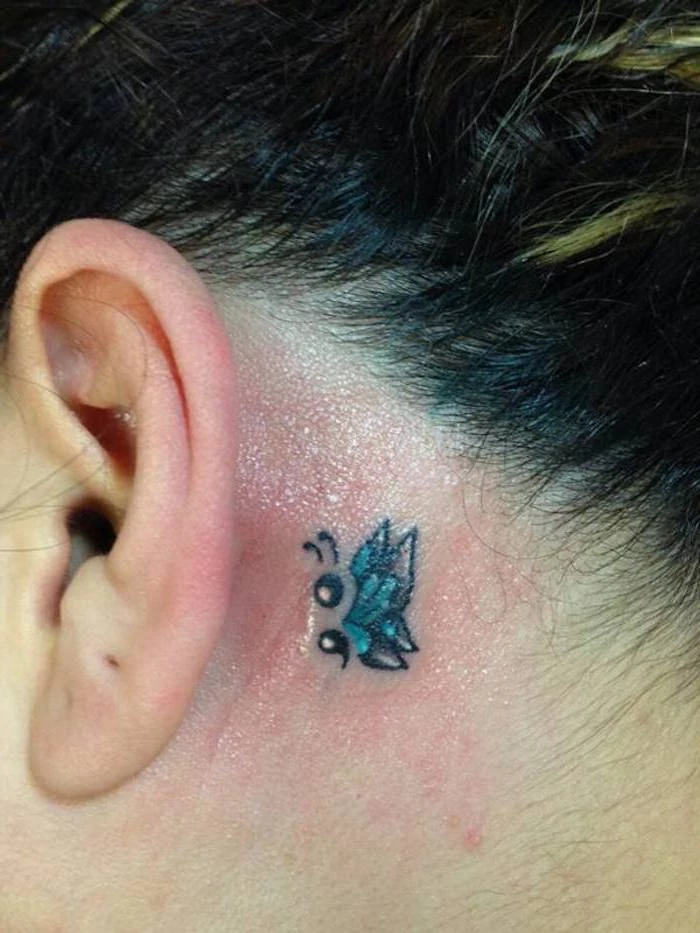
The comma part of the semicolon offers a world of creative freedom. Imagine it not as a simple curve, but as:
- A crescent moon, symbolizing cycles and new phases.
- A dragon’s tail, representing strength and wisdom.
- A single, unfurling fern frond (a Koru), signifying new life and growth.
This small detail is where you can infuse a second layer of deeply personal meaning.
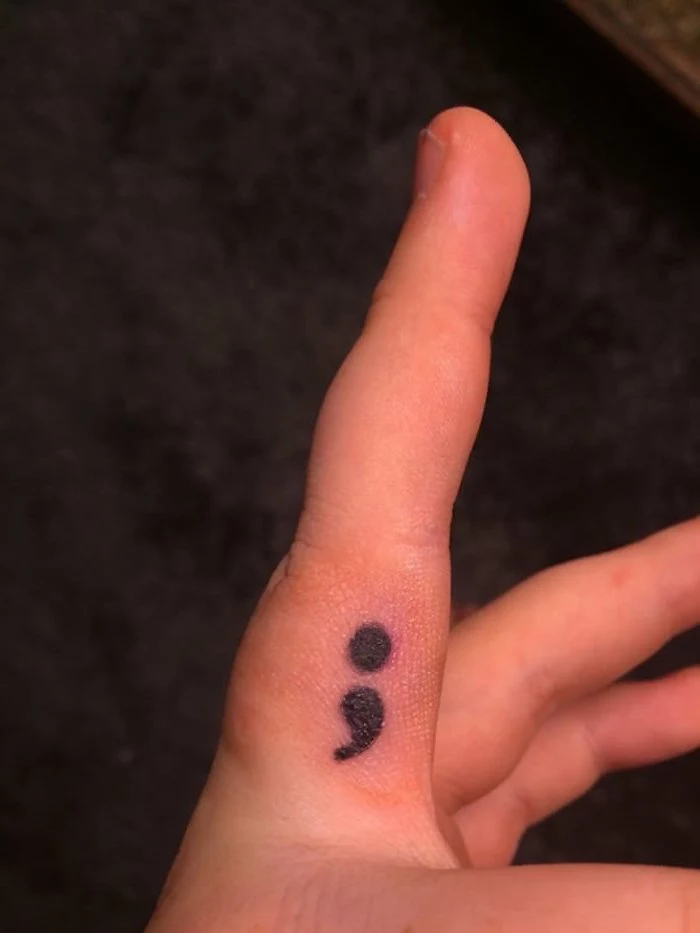
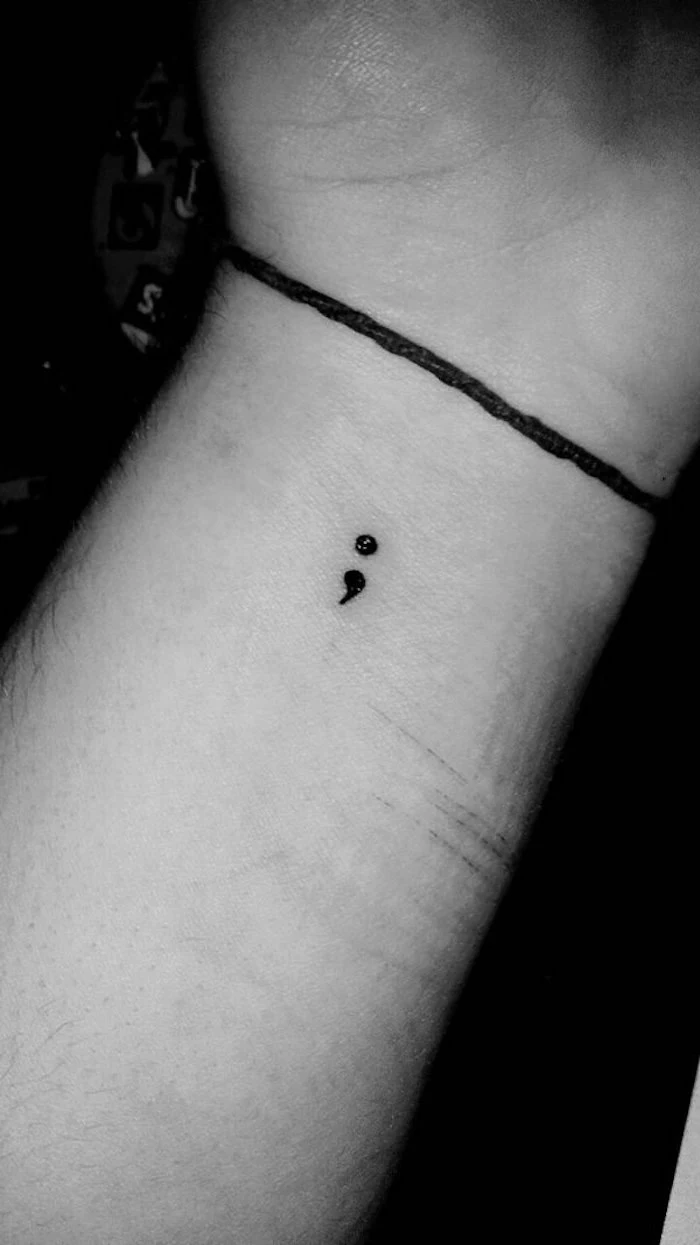
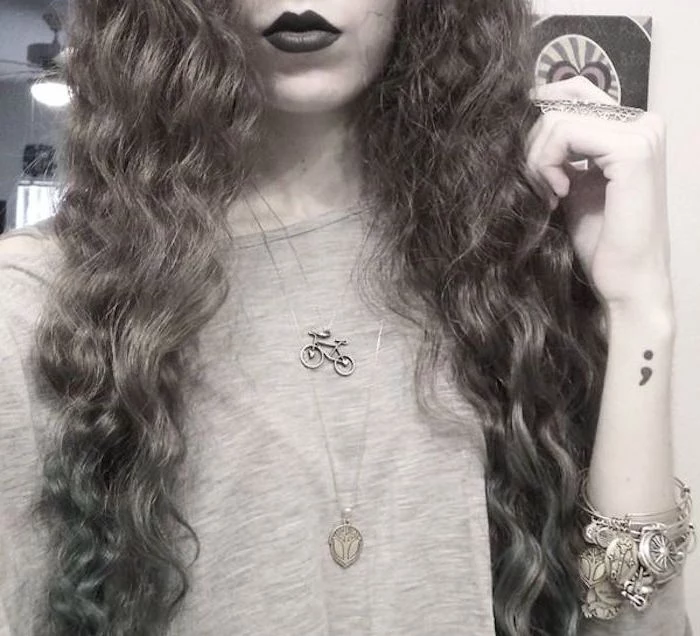
A 2019 study showed that social media campaigns related to mental health significantly increased help-seeking behaviors among young adults.
The semicolon tattoo is a real-world extension of this effect. It began as a digital movement (#ProjectSemicolon) and became a physical symbol that continues to destigmatize mental health struggles, proving that small signs can lead to significant changes.
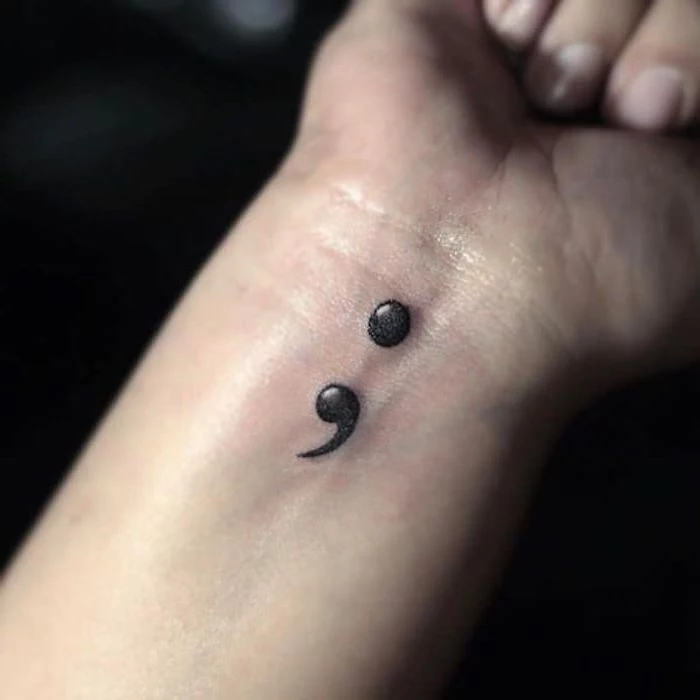
Watercolor Splash: An organic, free-flowing background that adds emotion and movement. It excels at representing the beautiful chaos of survival.
Geometric Frame: A crisp circle, triangle, or diamond shape around the semicolon. This style can represent order, stability, and the conscious choice to create structure in one’s life.
One feels like an emotional expression, the other a logical resolution. Both are powerful.

